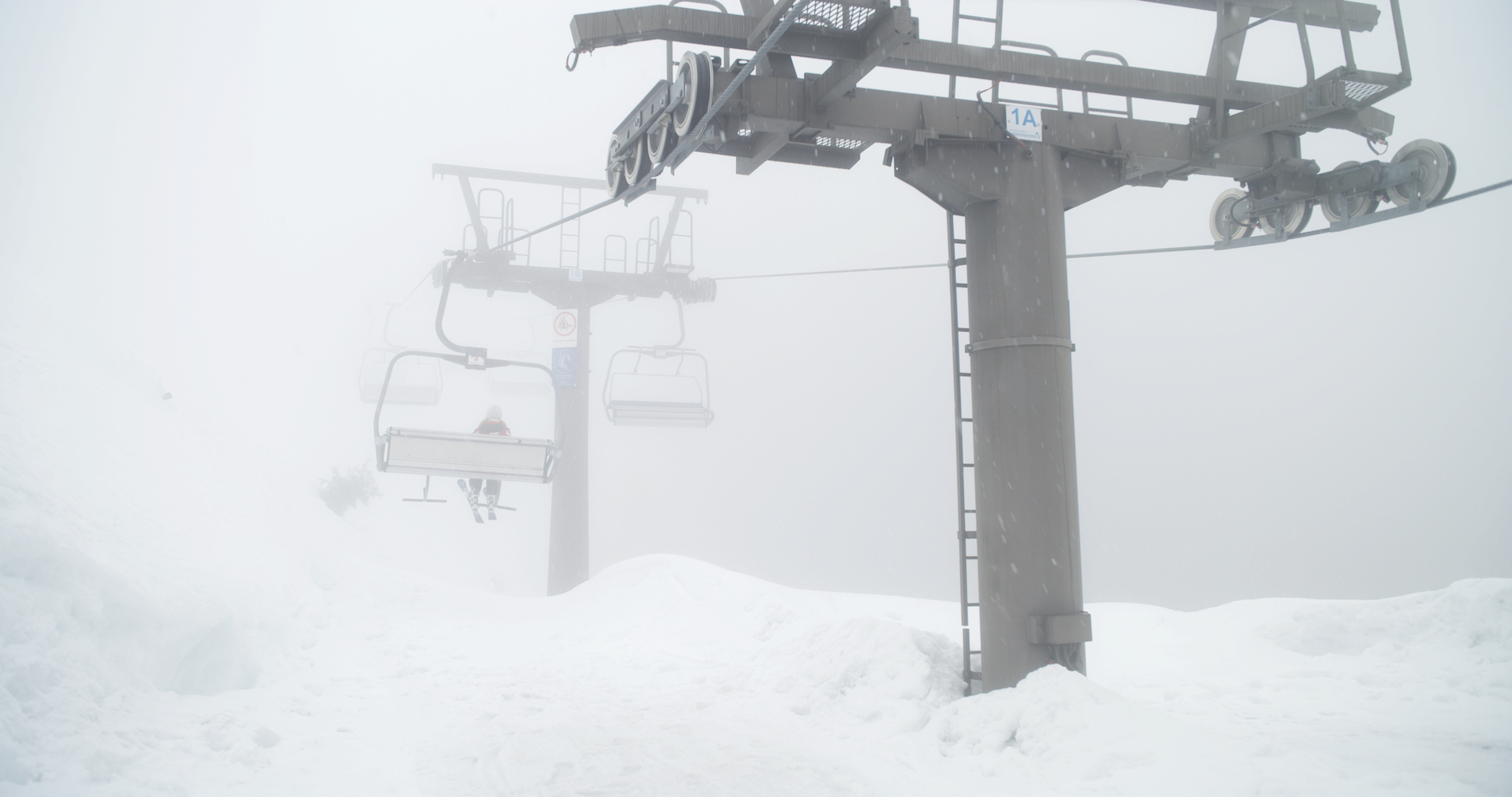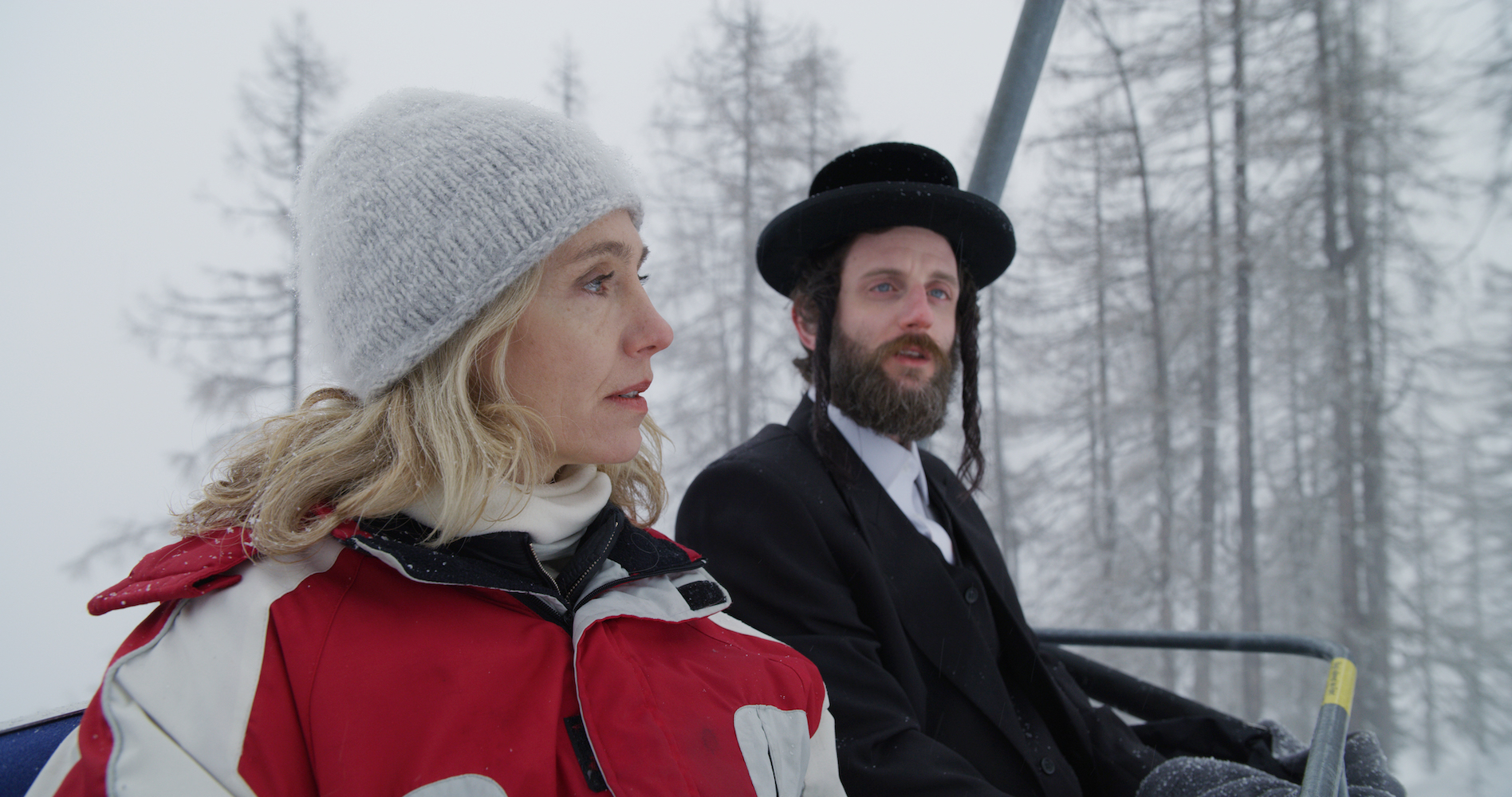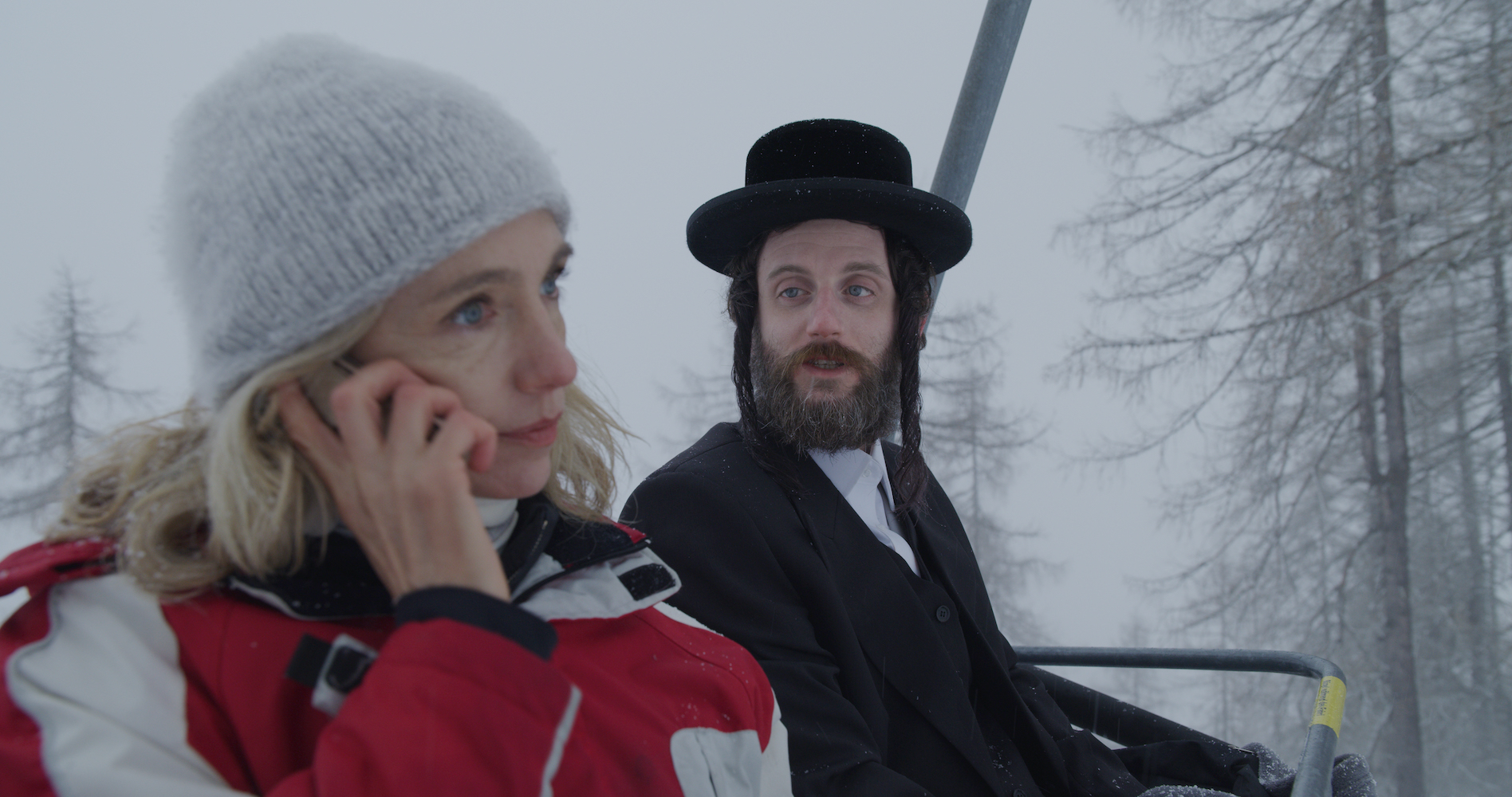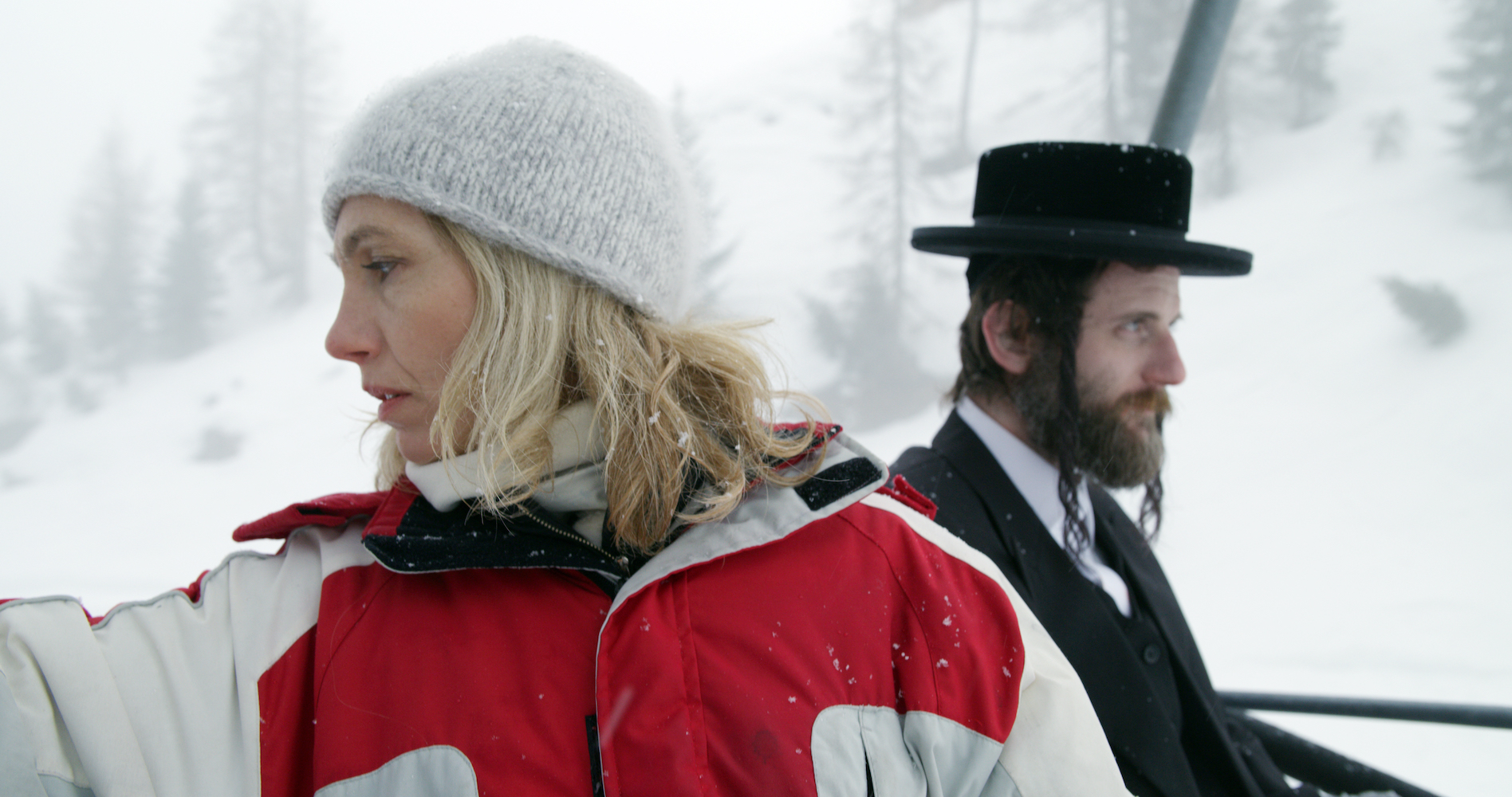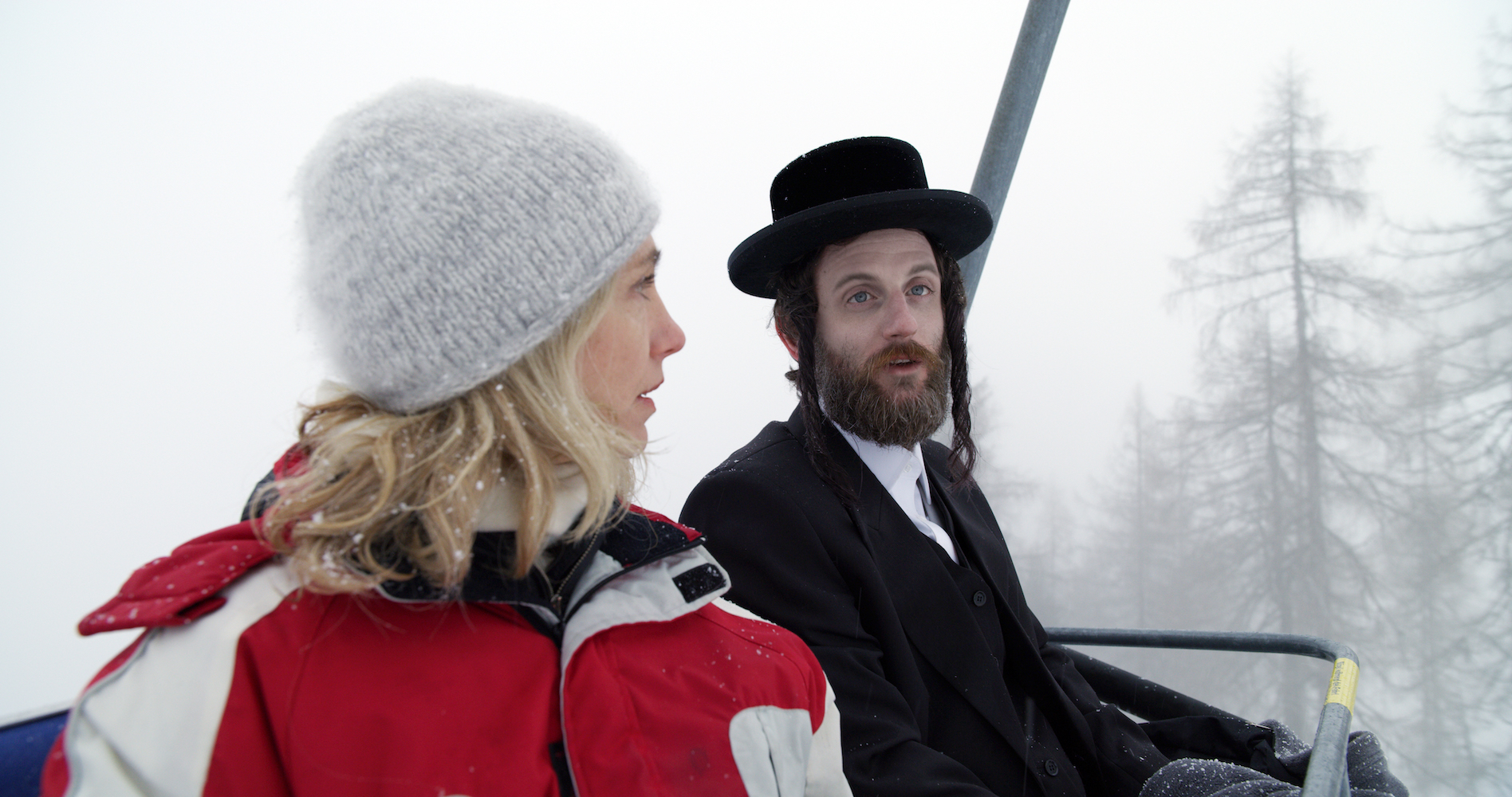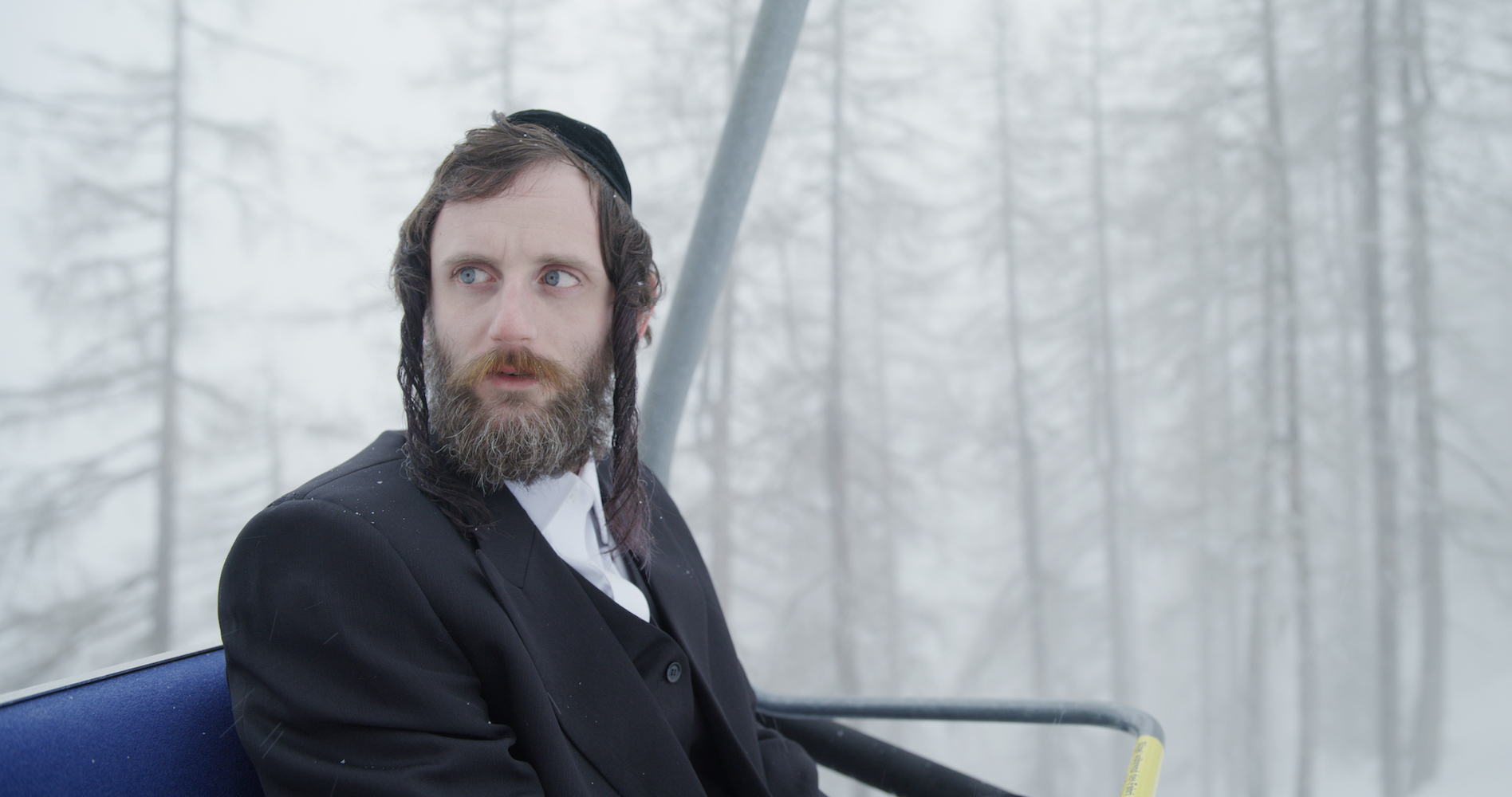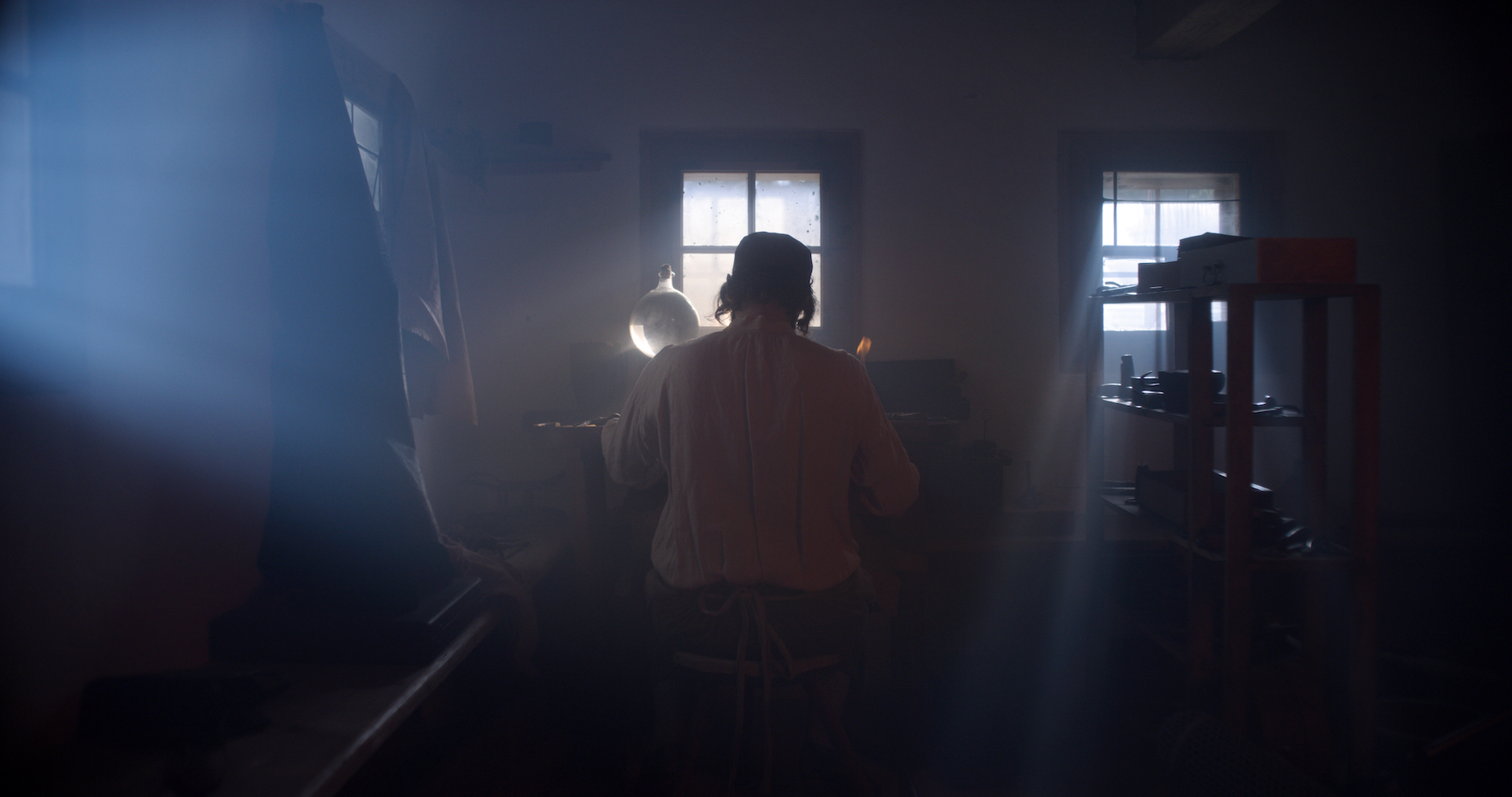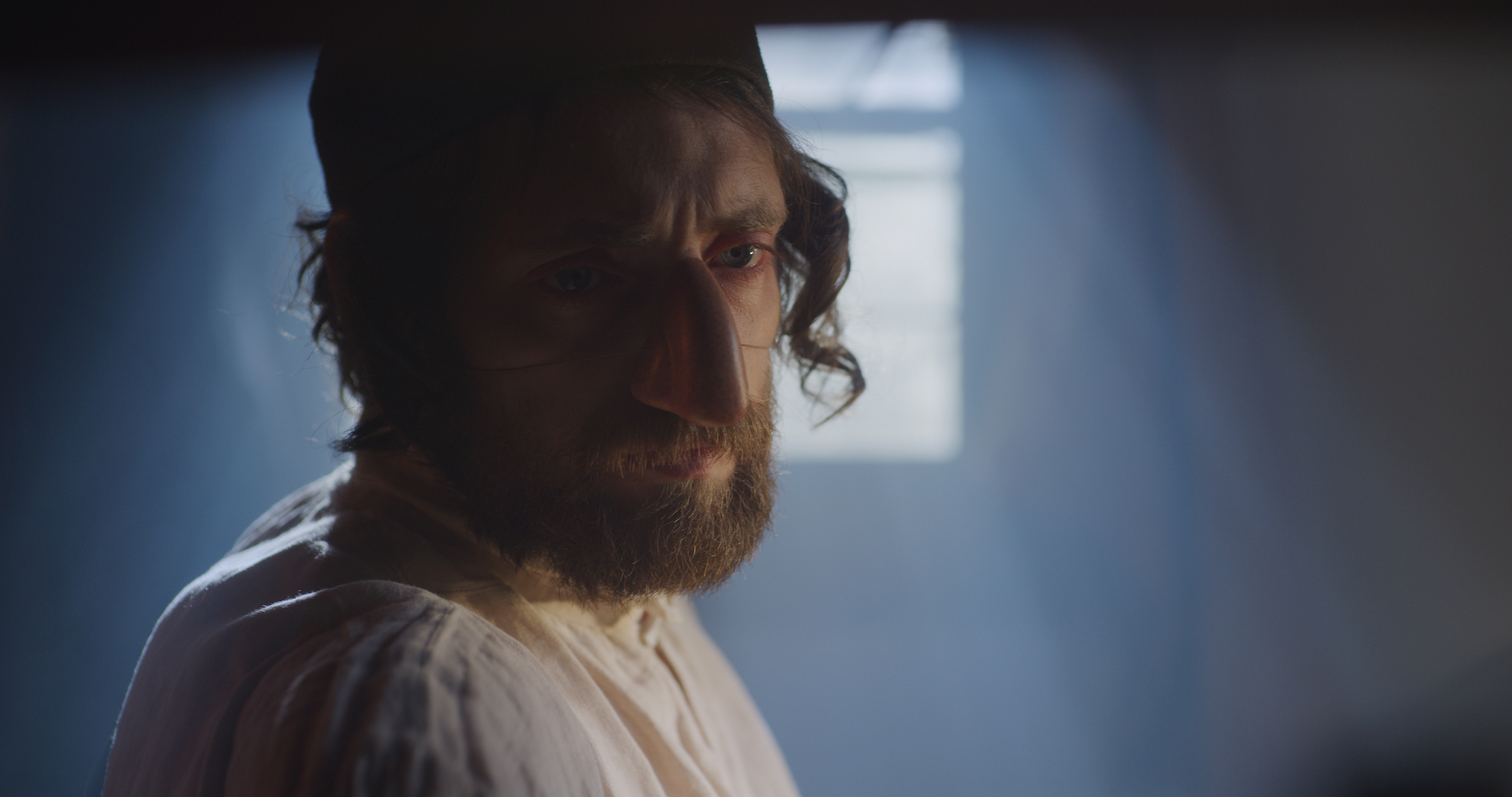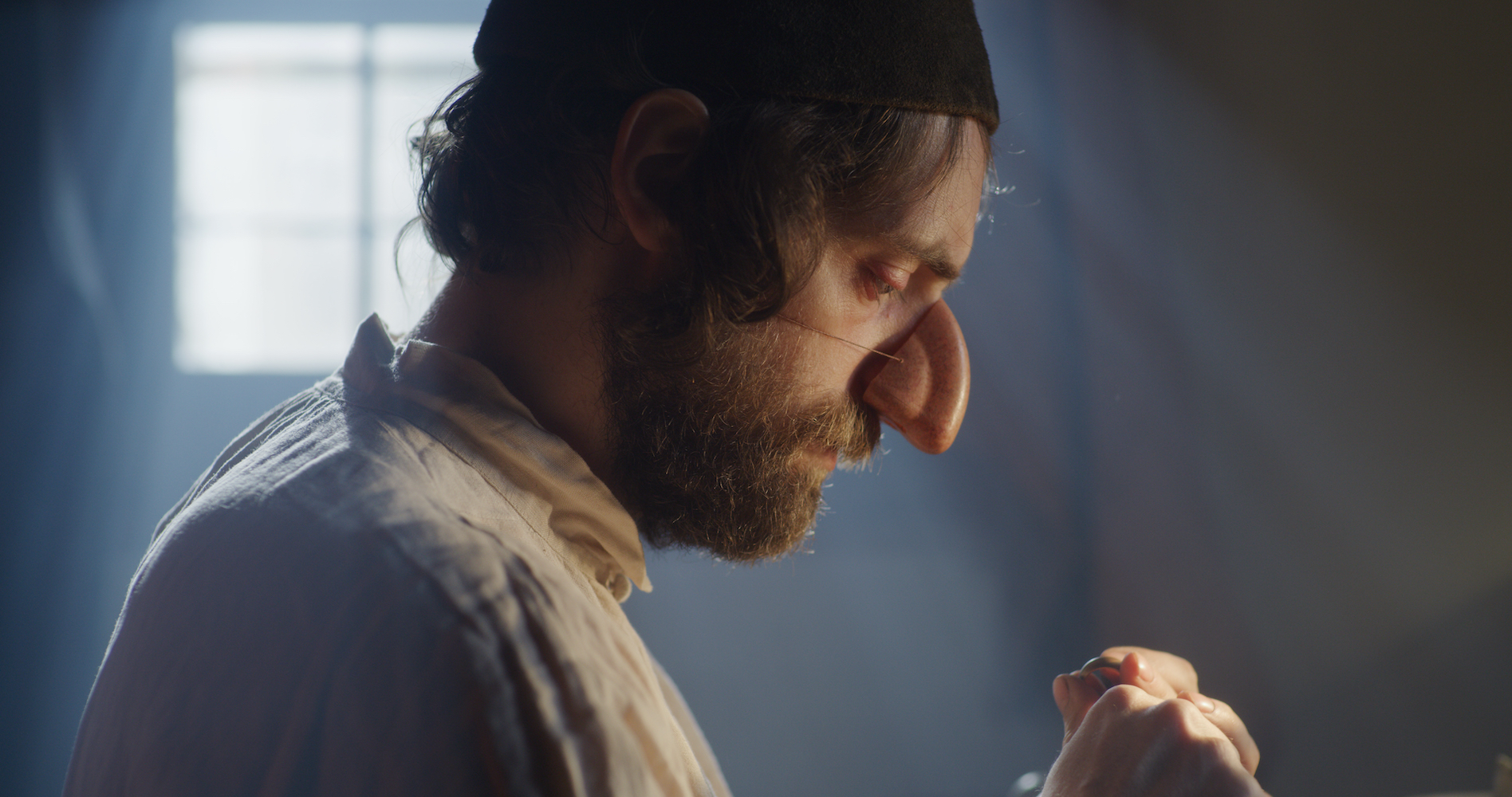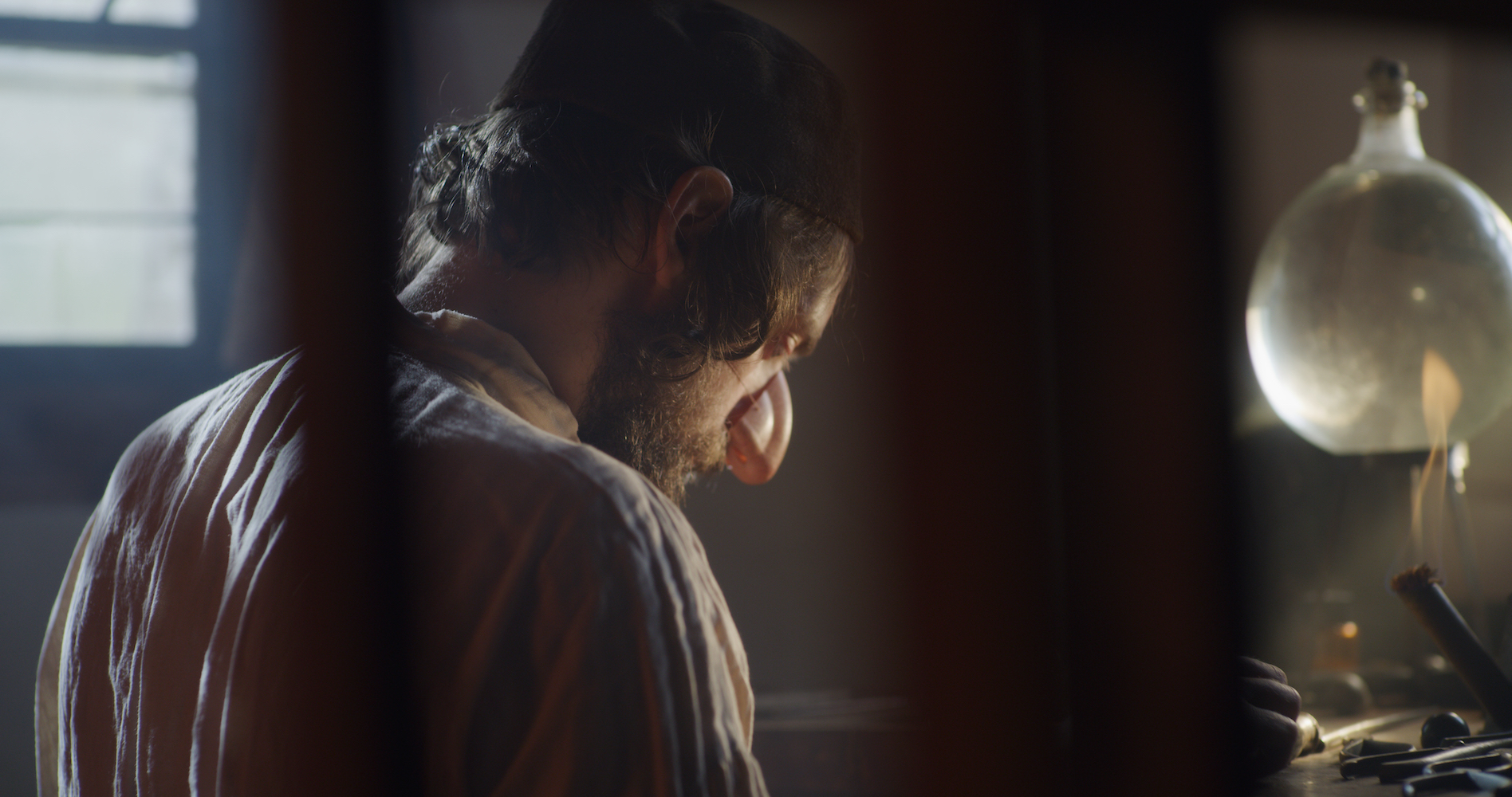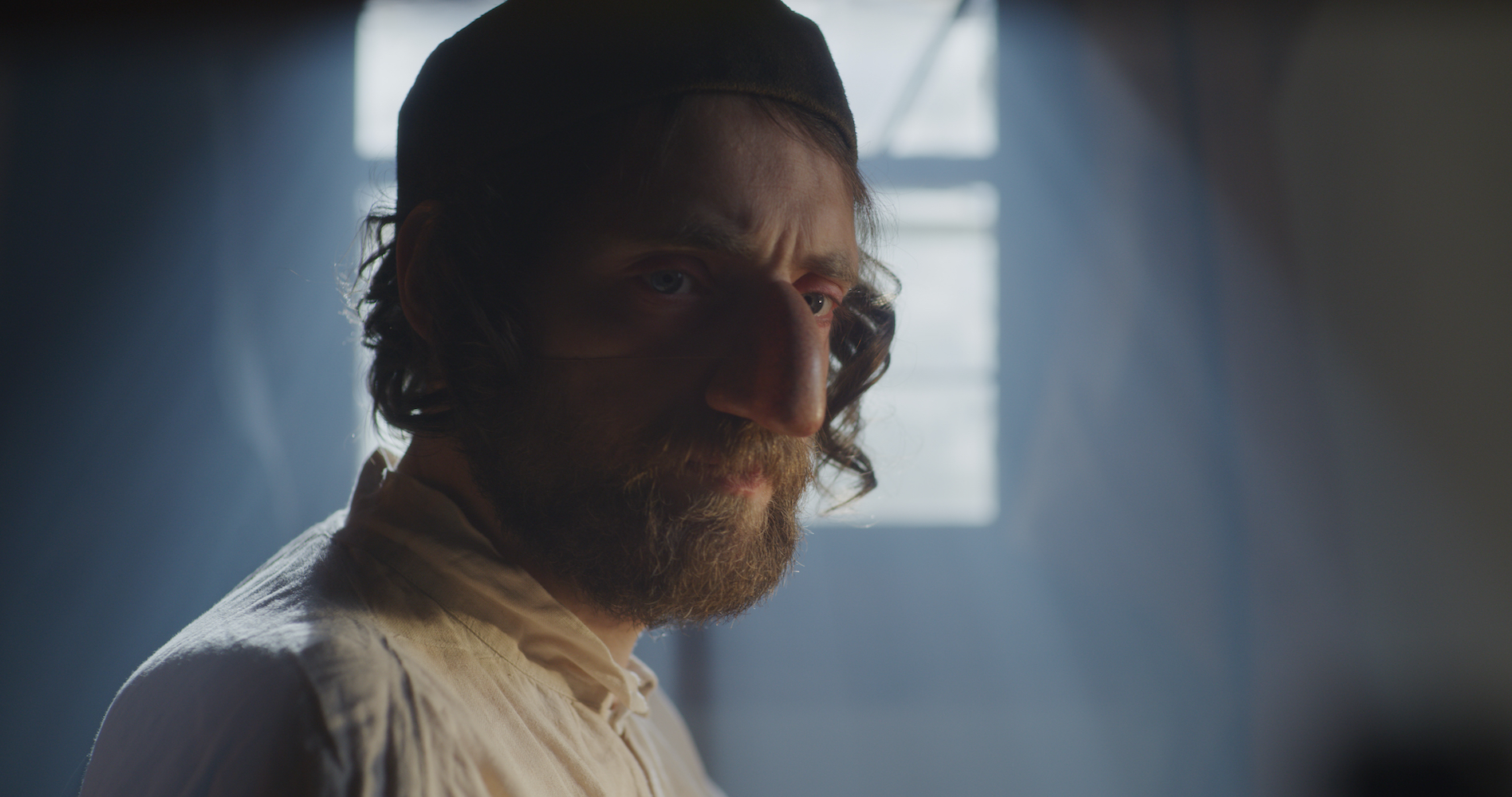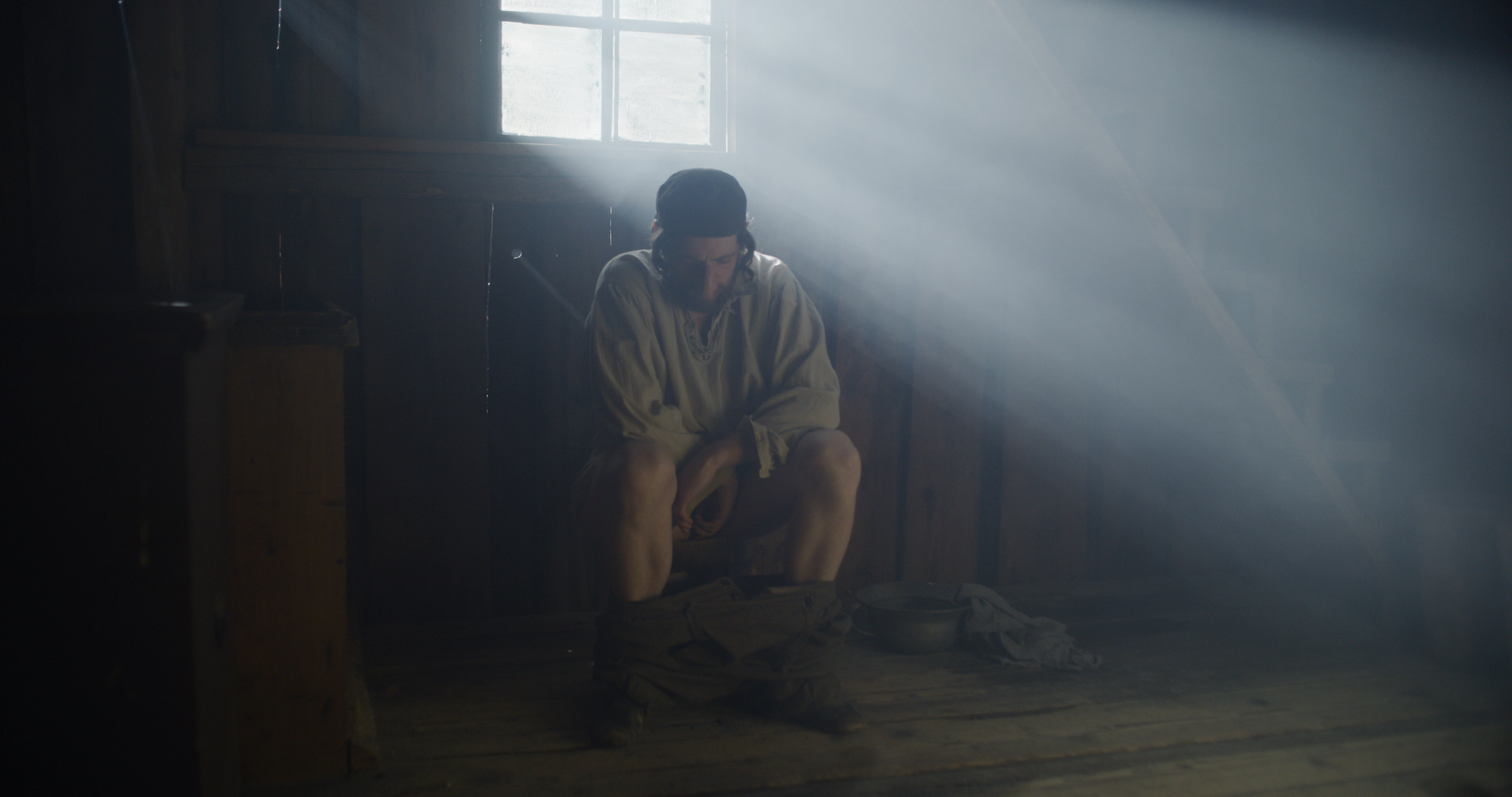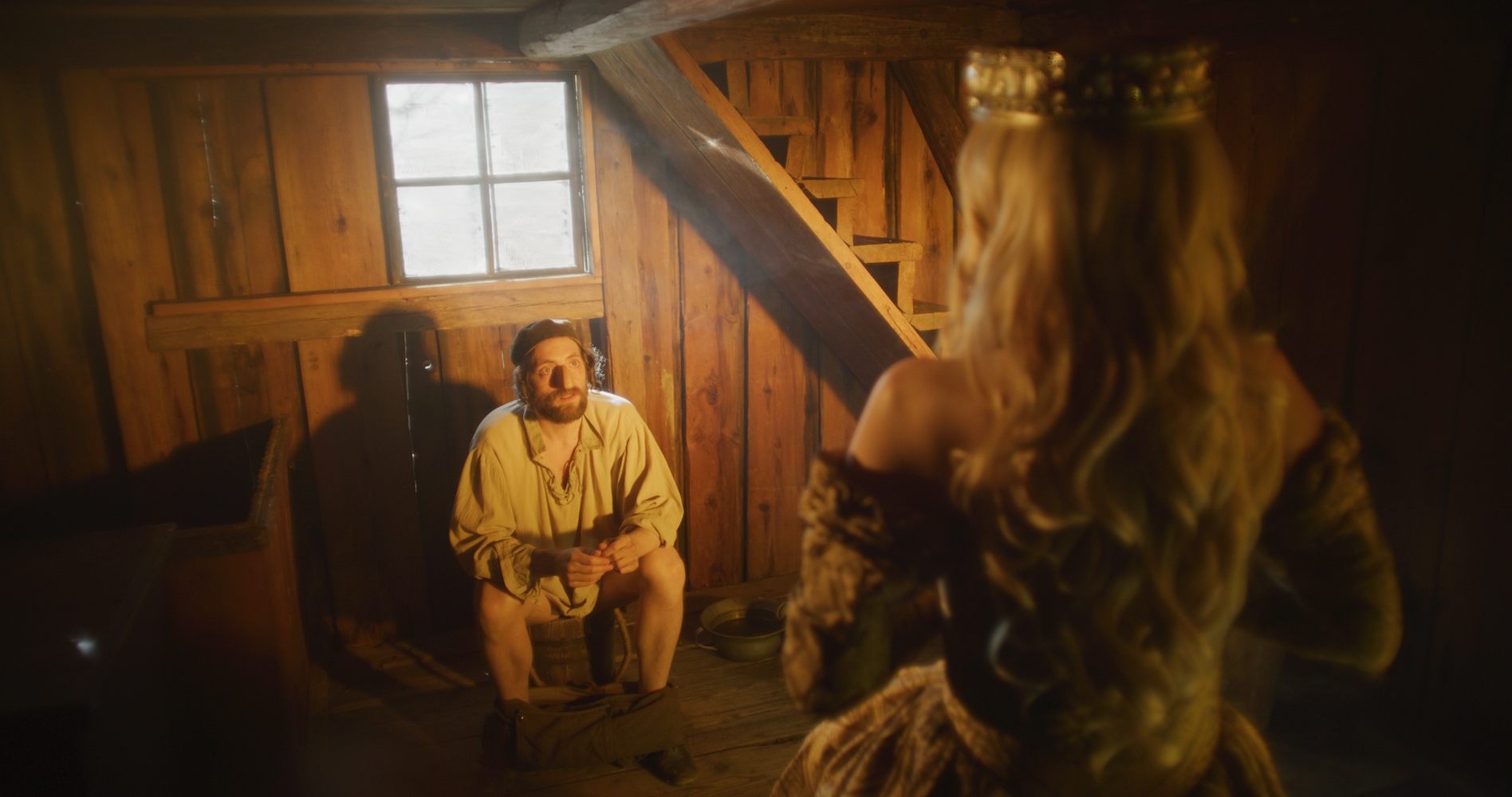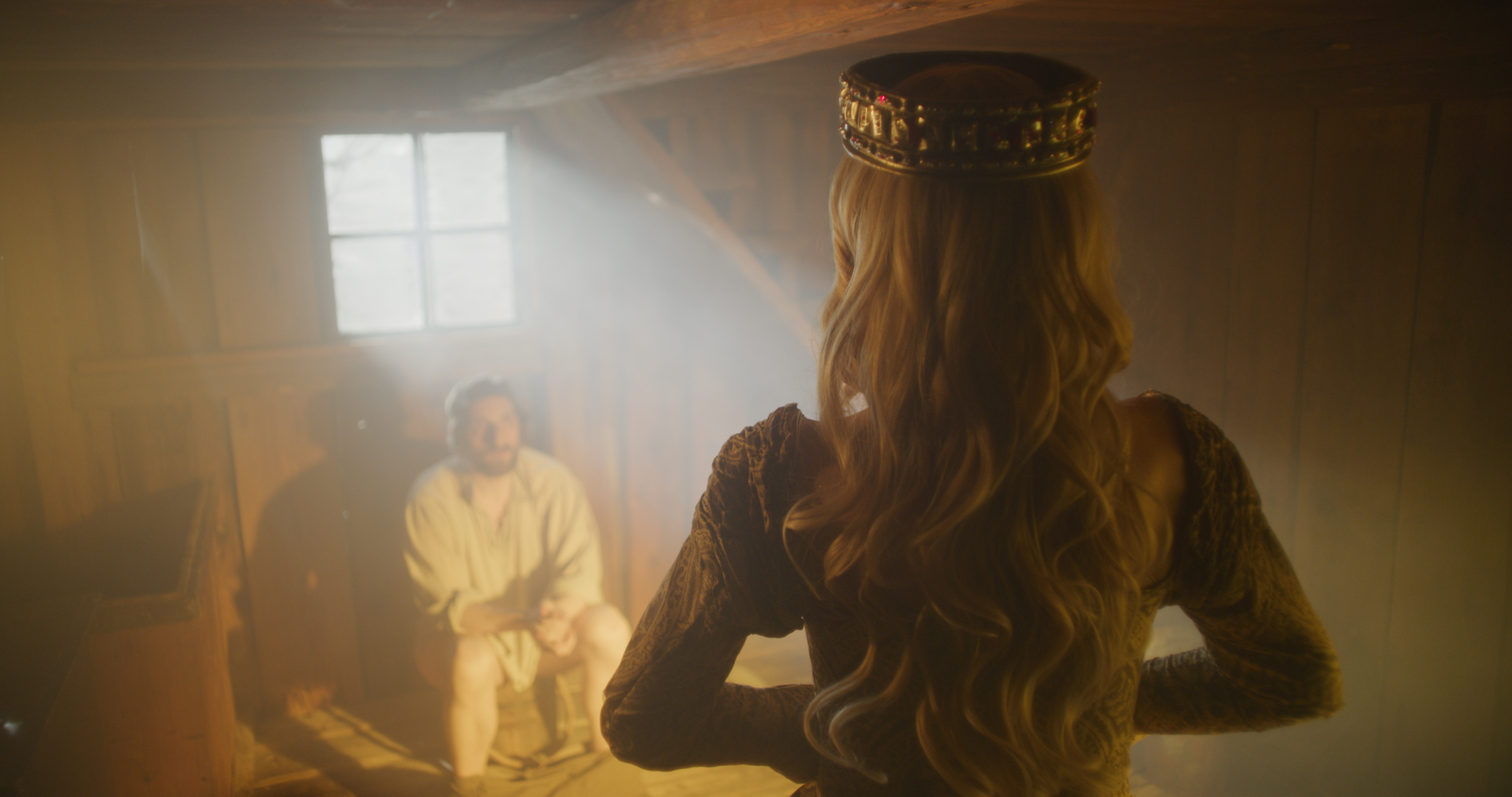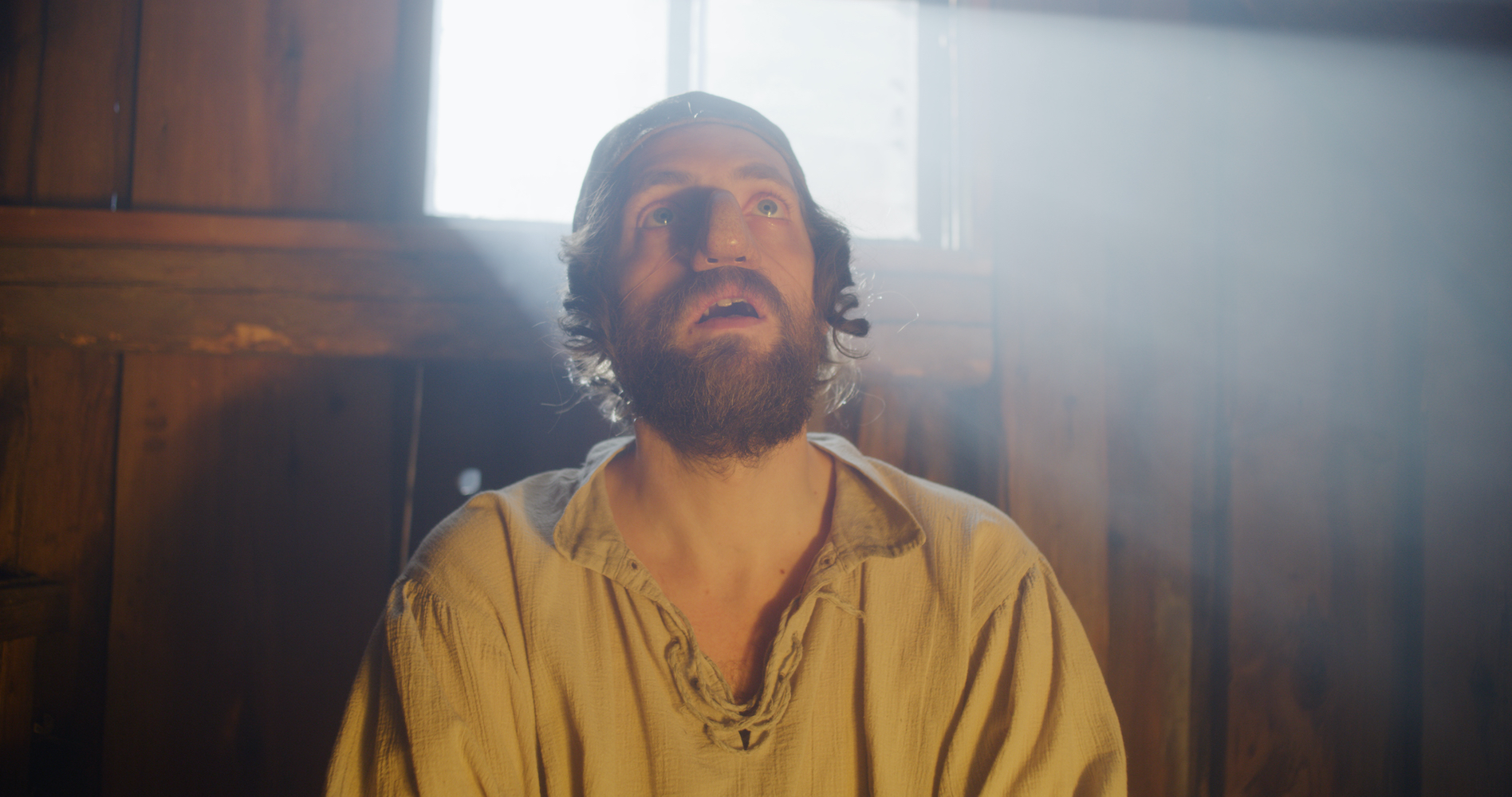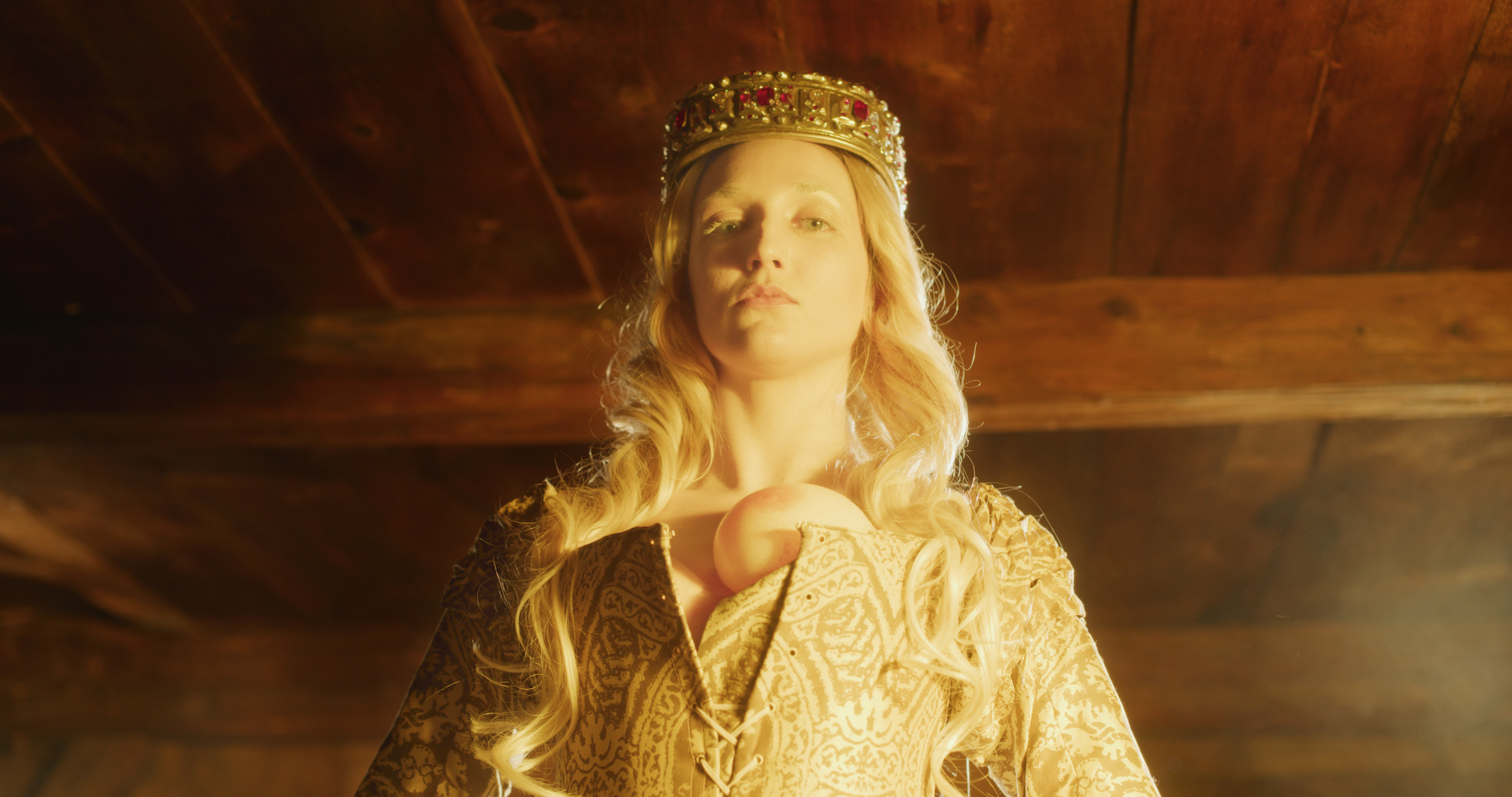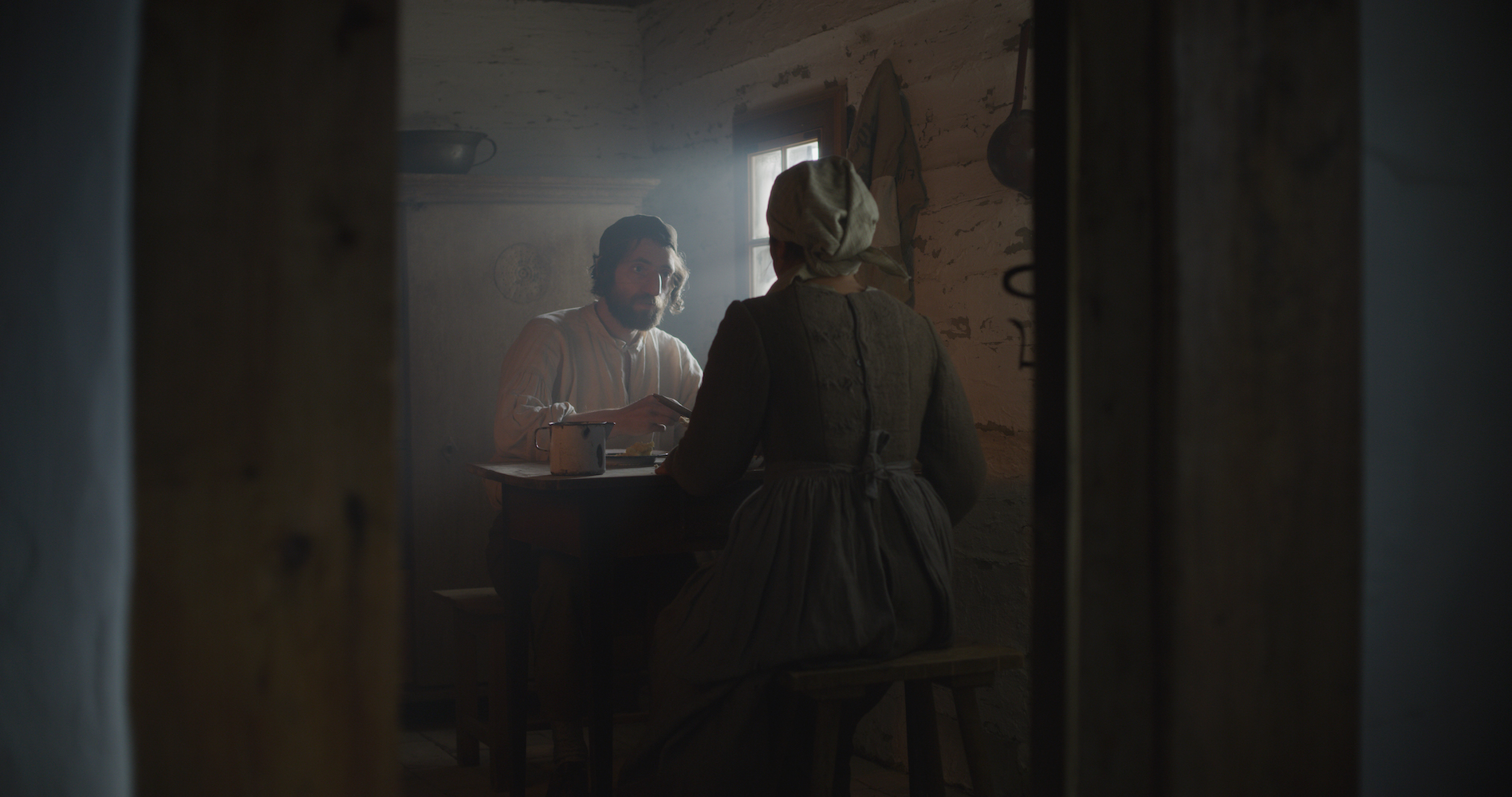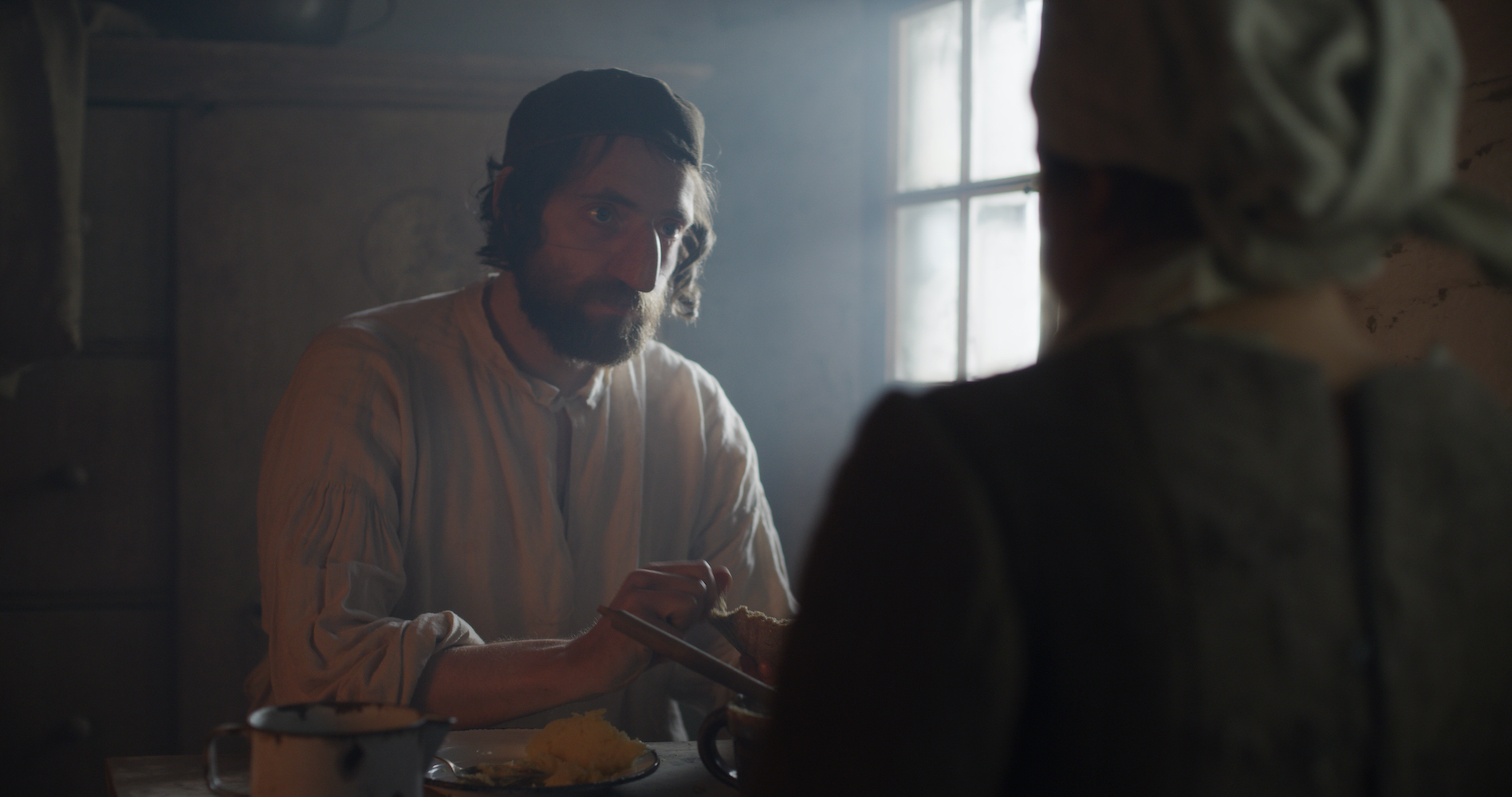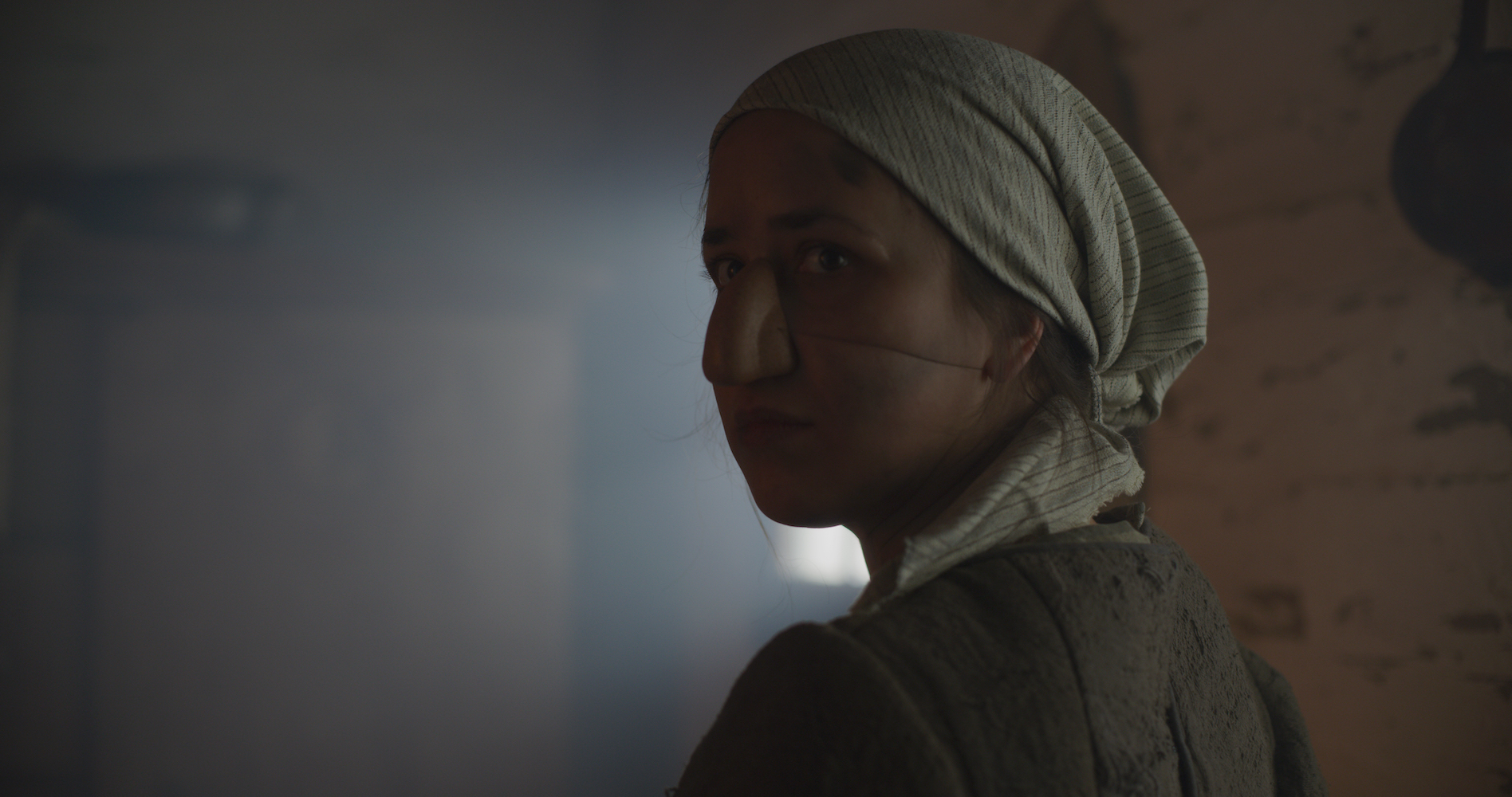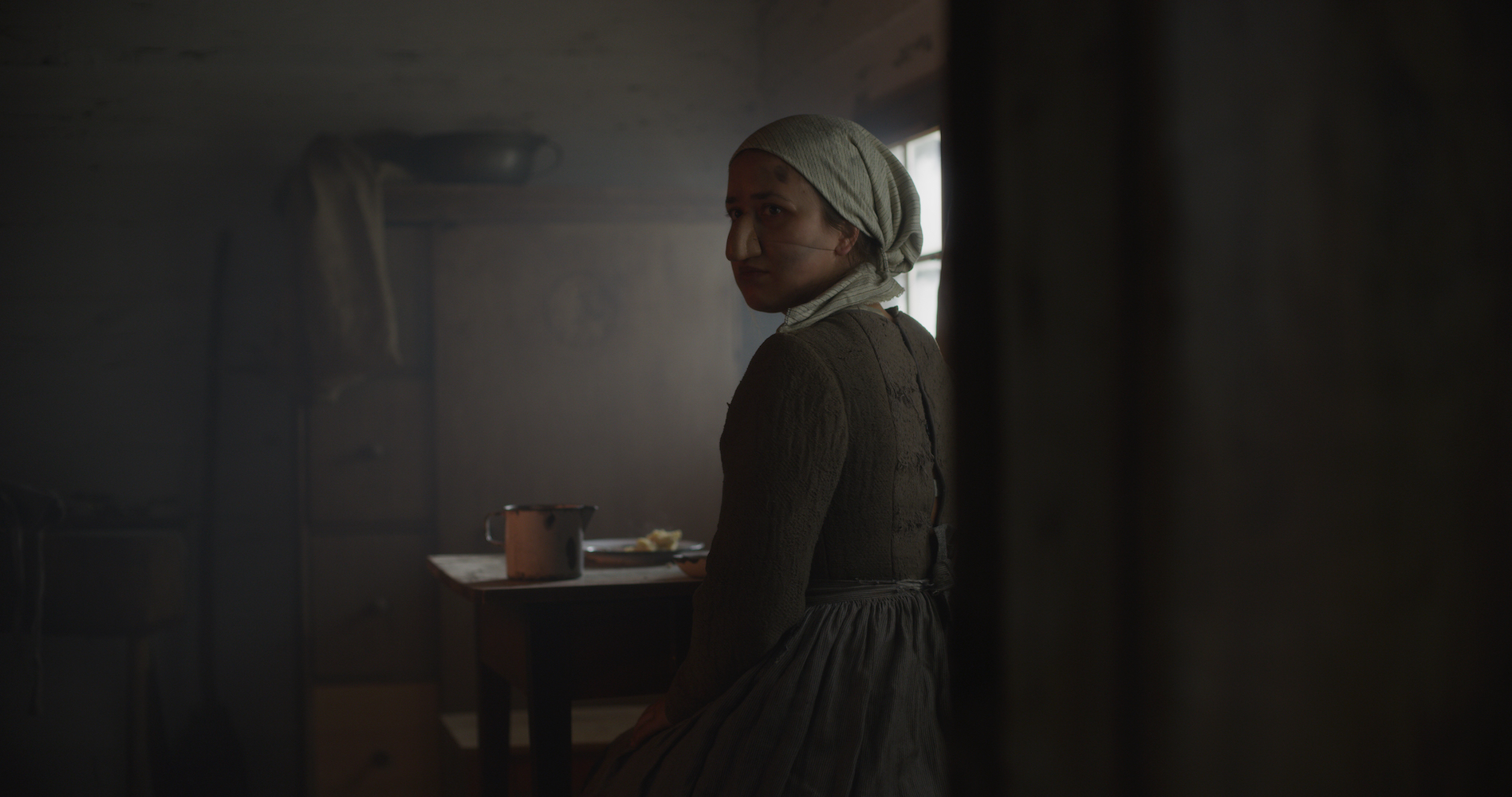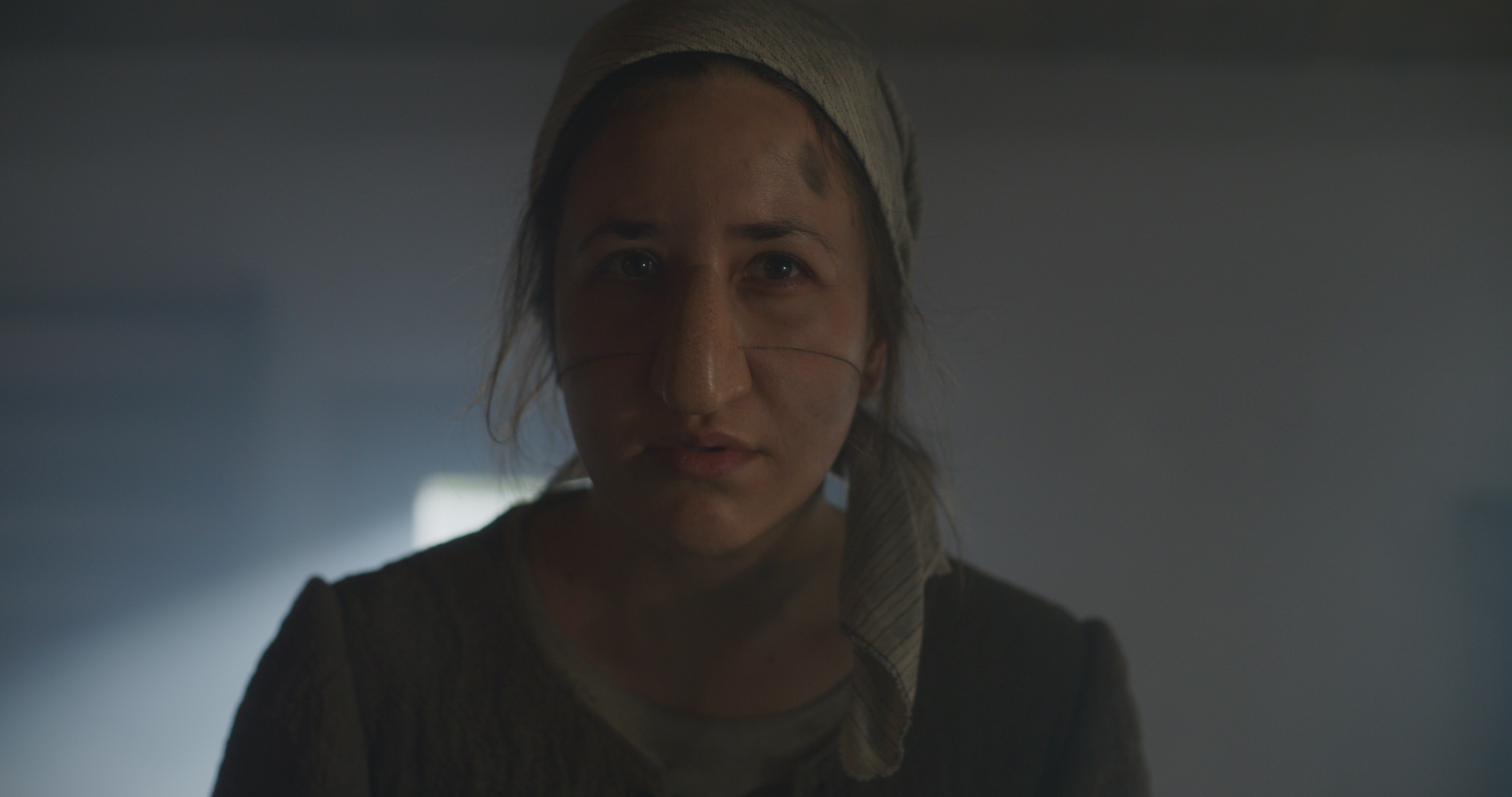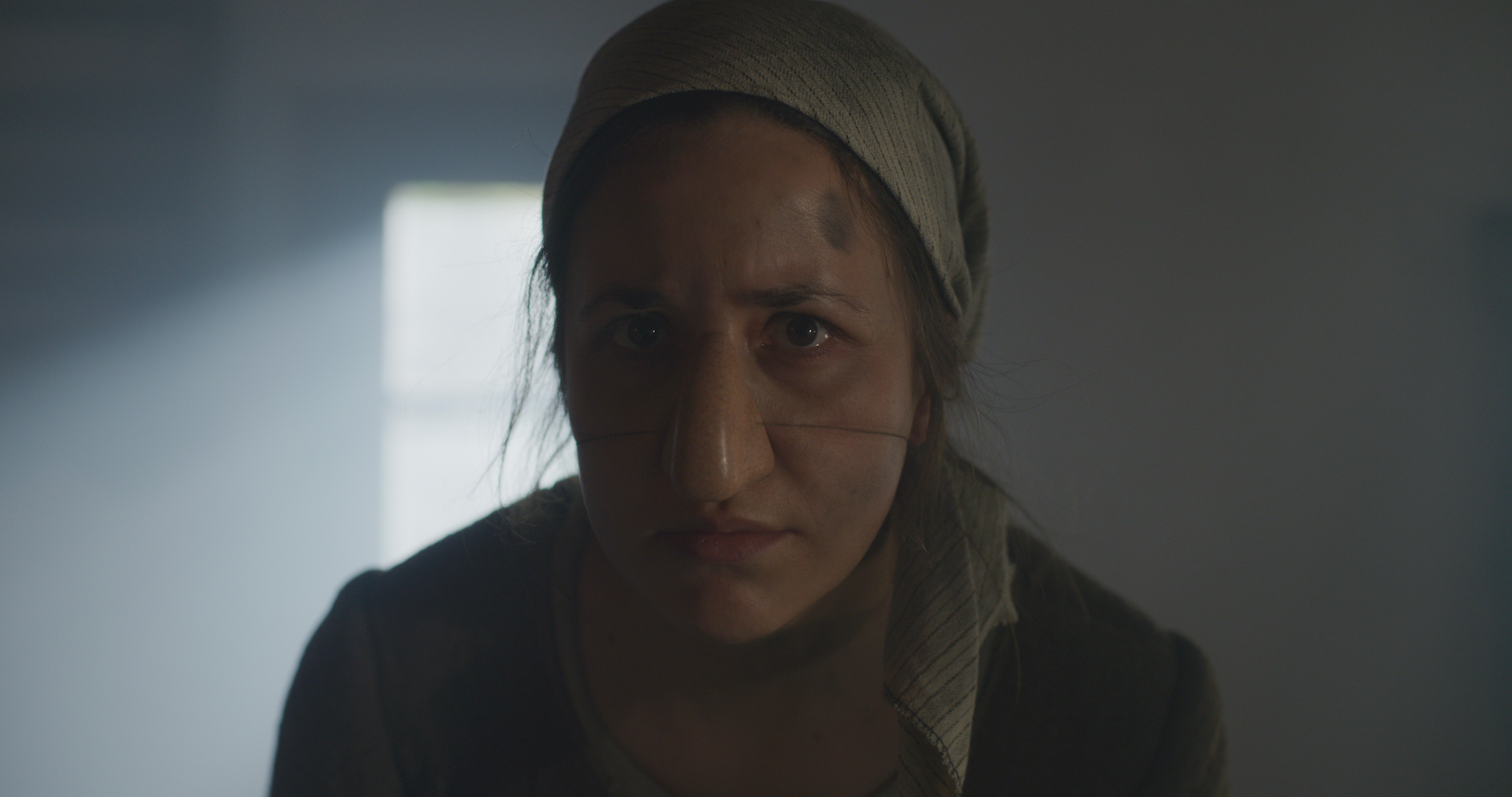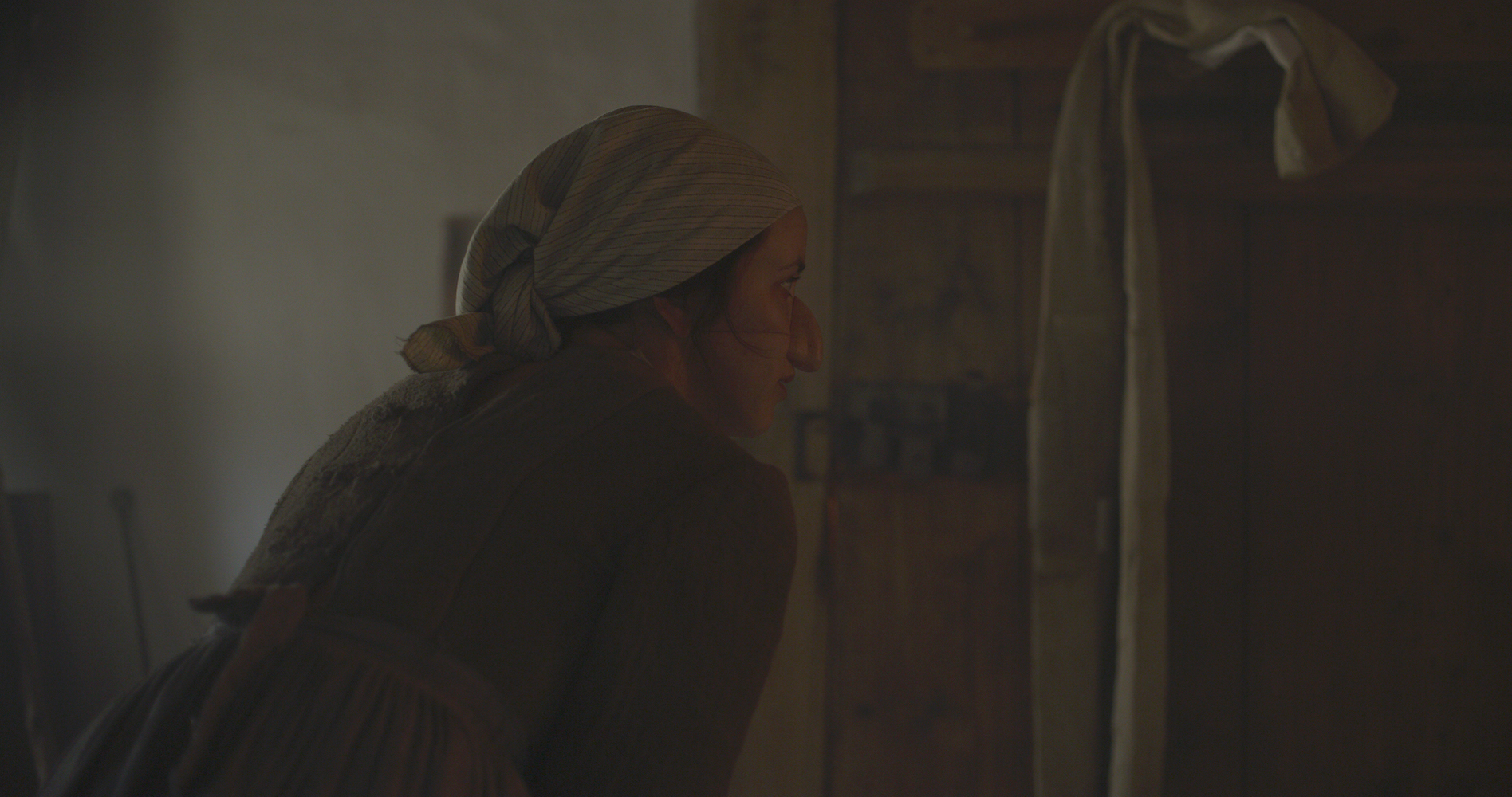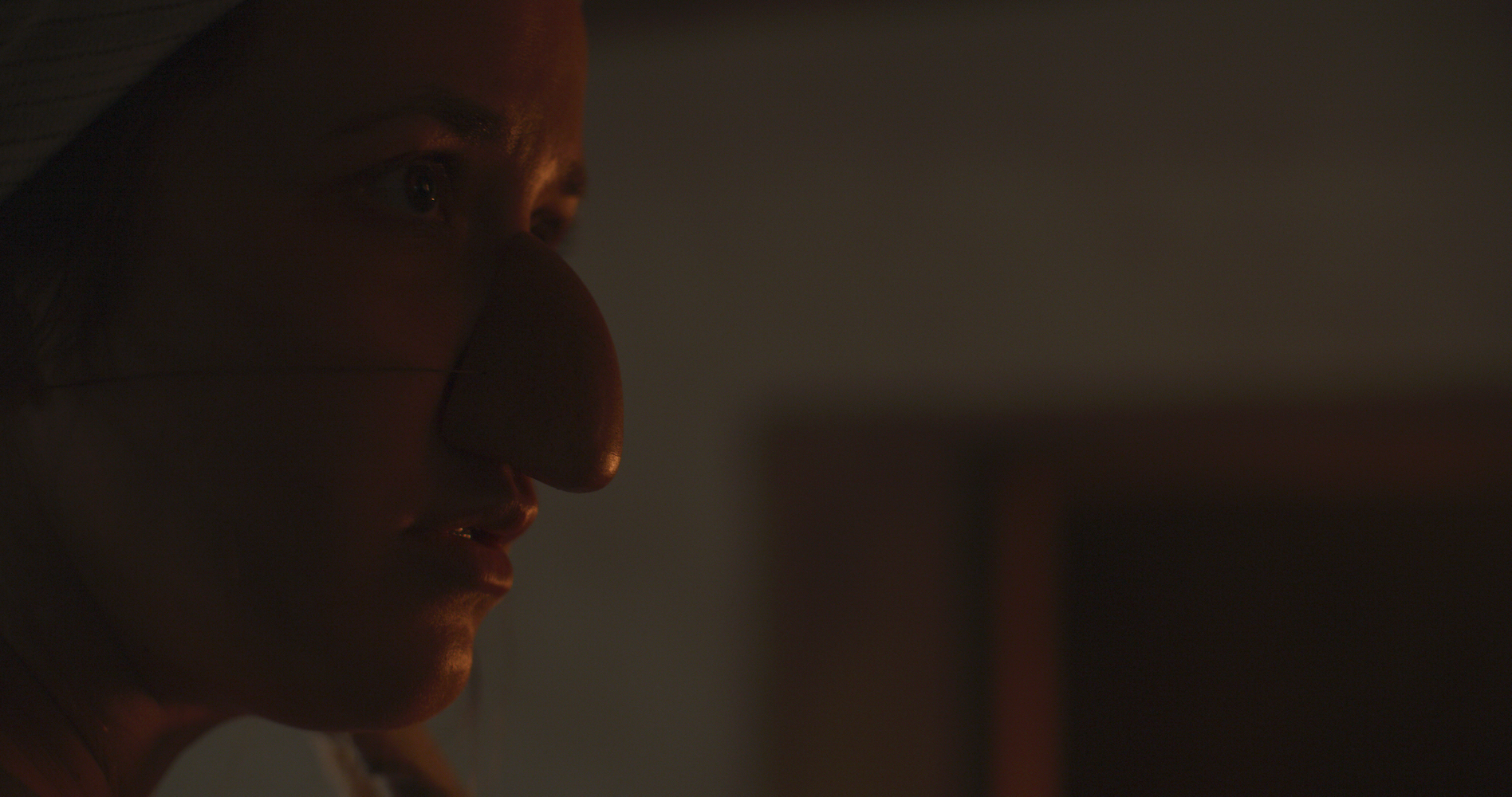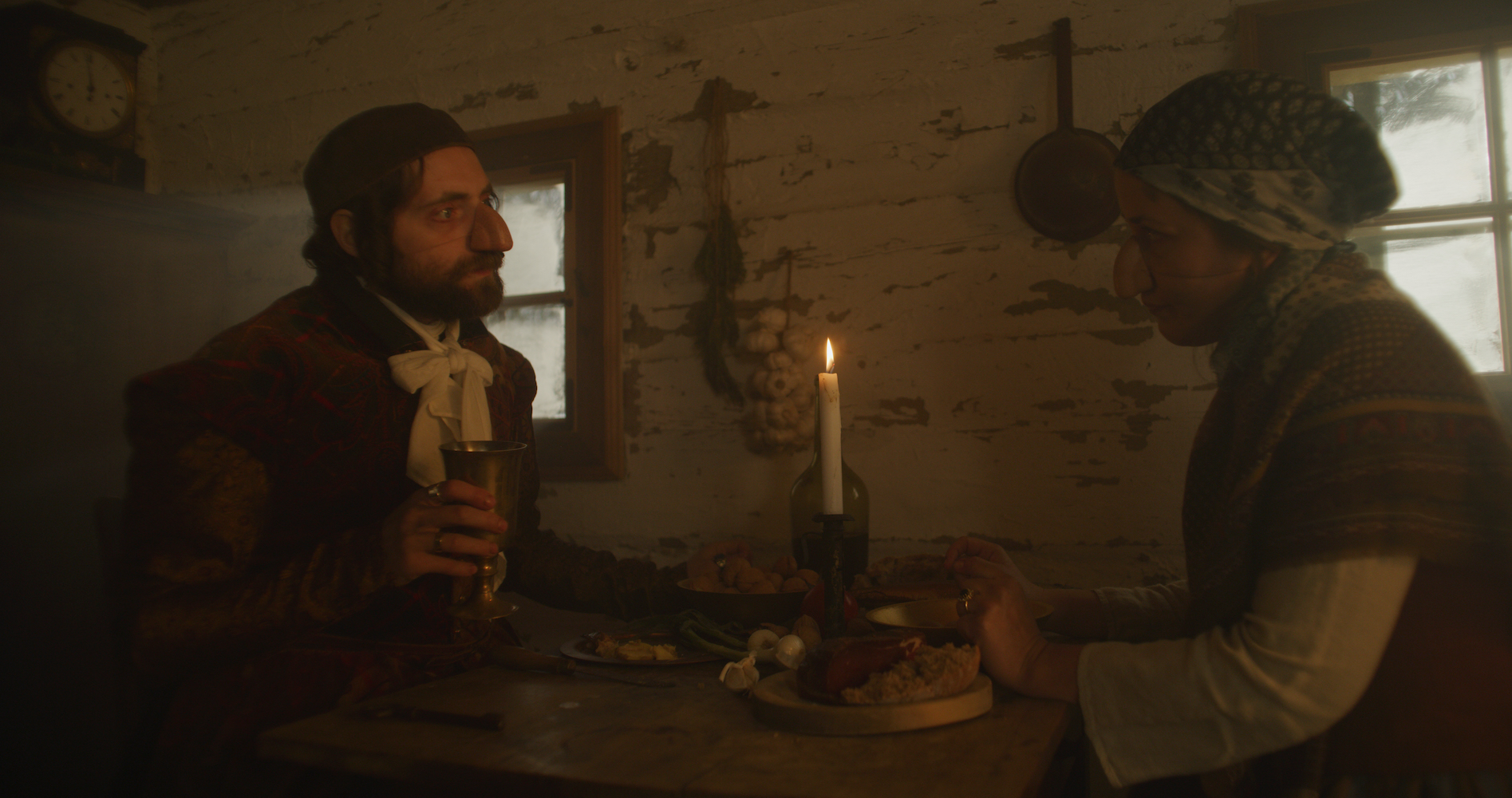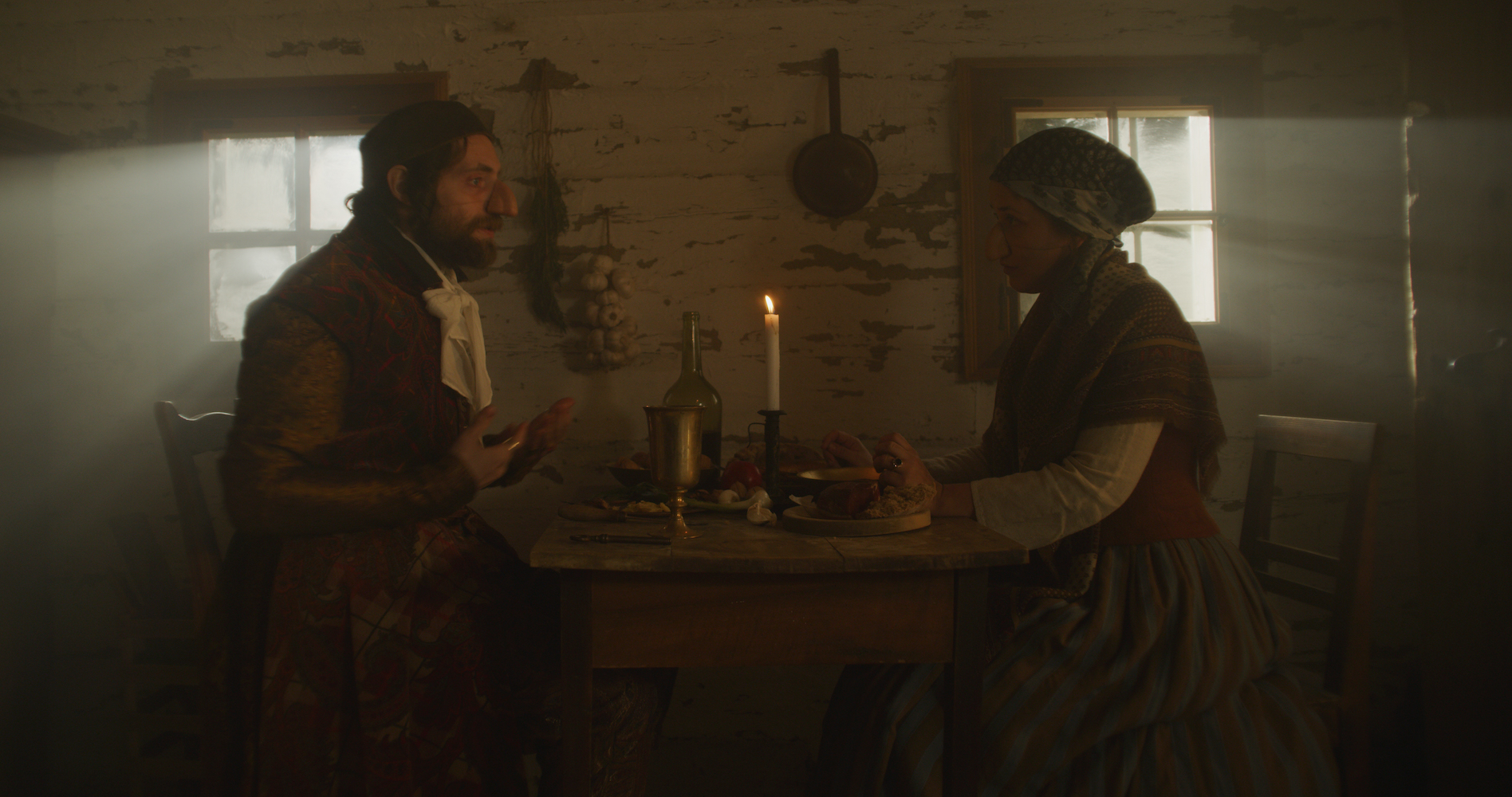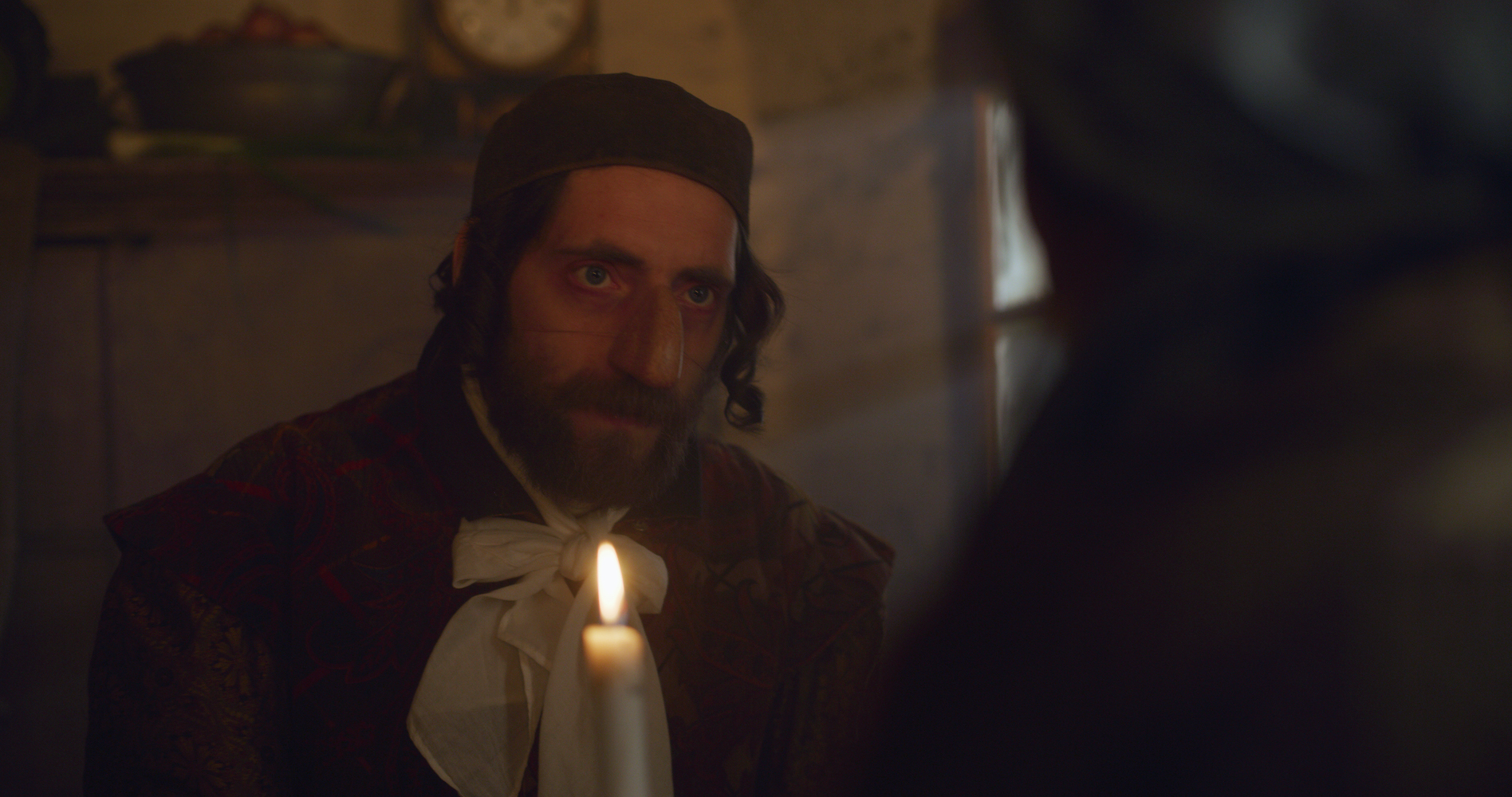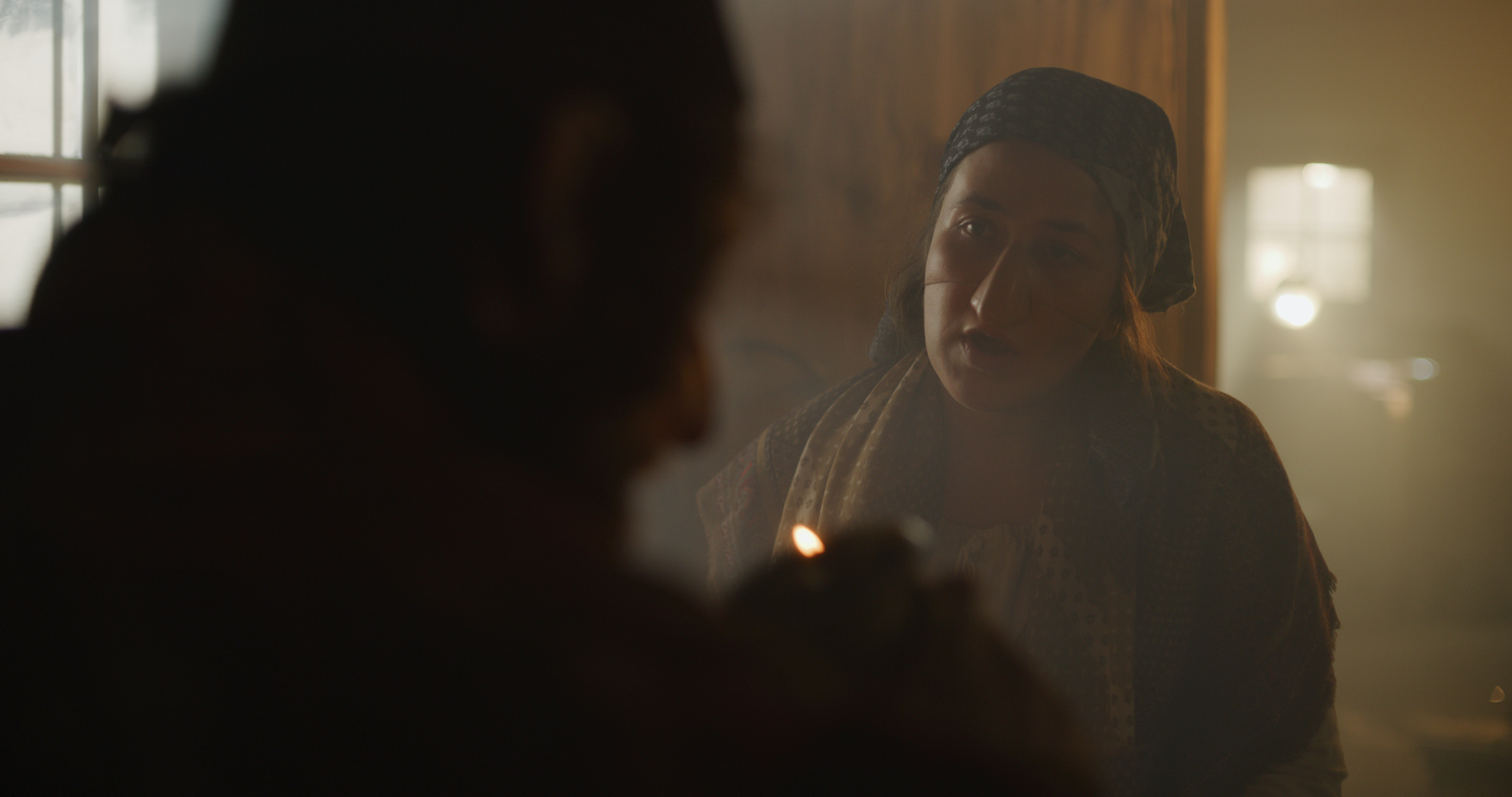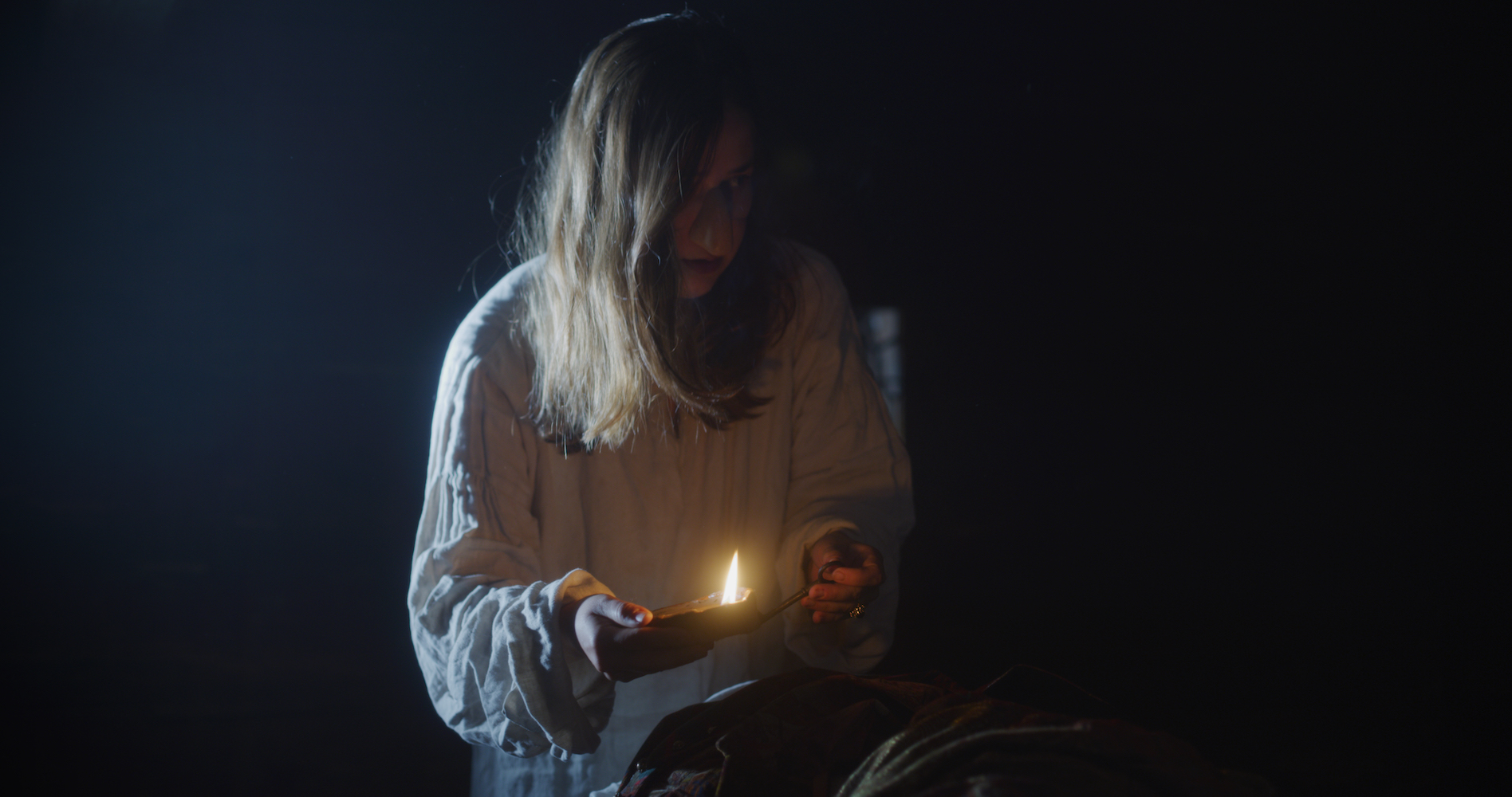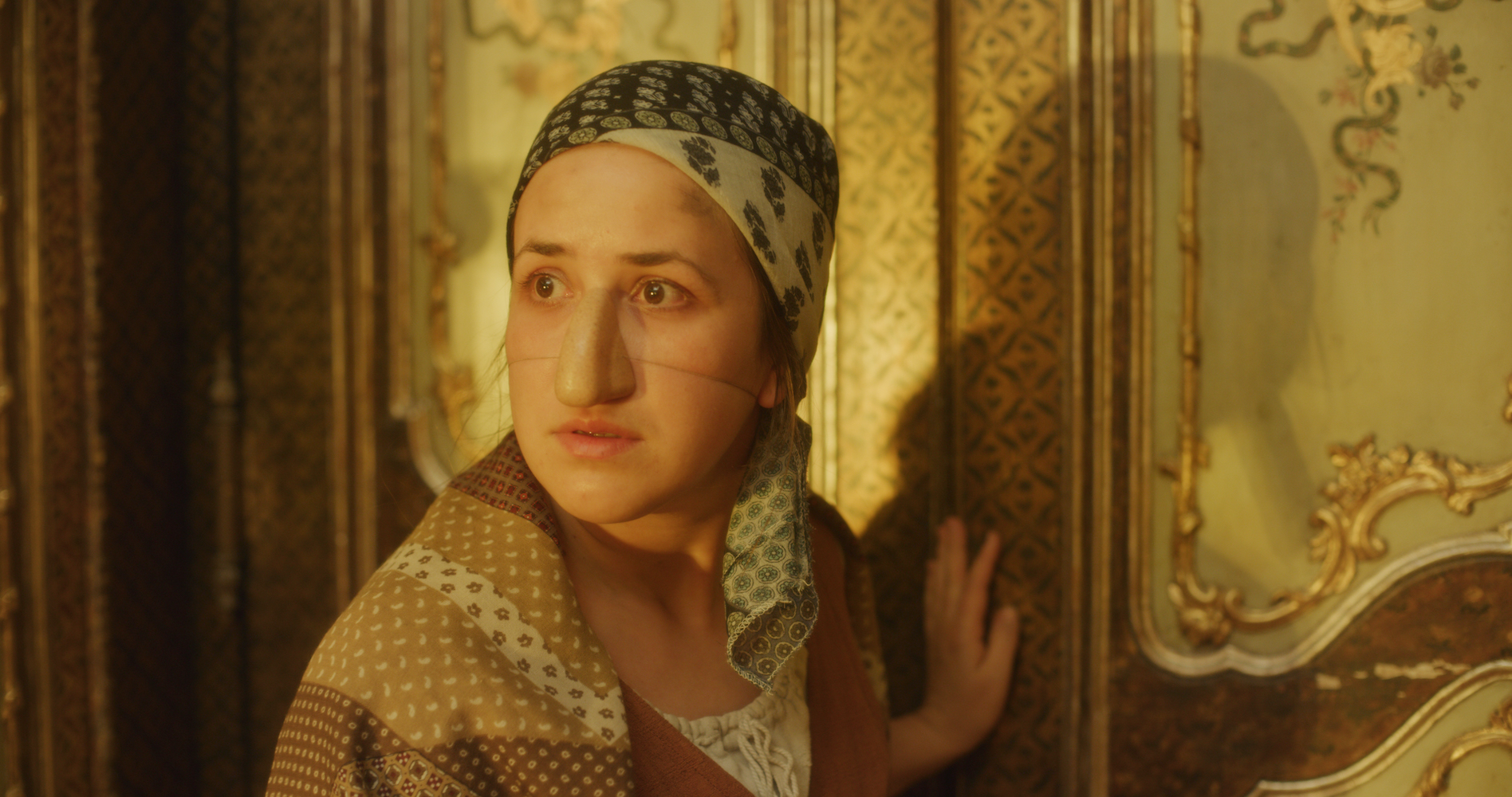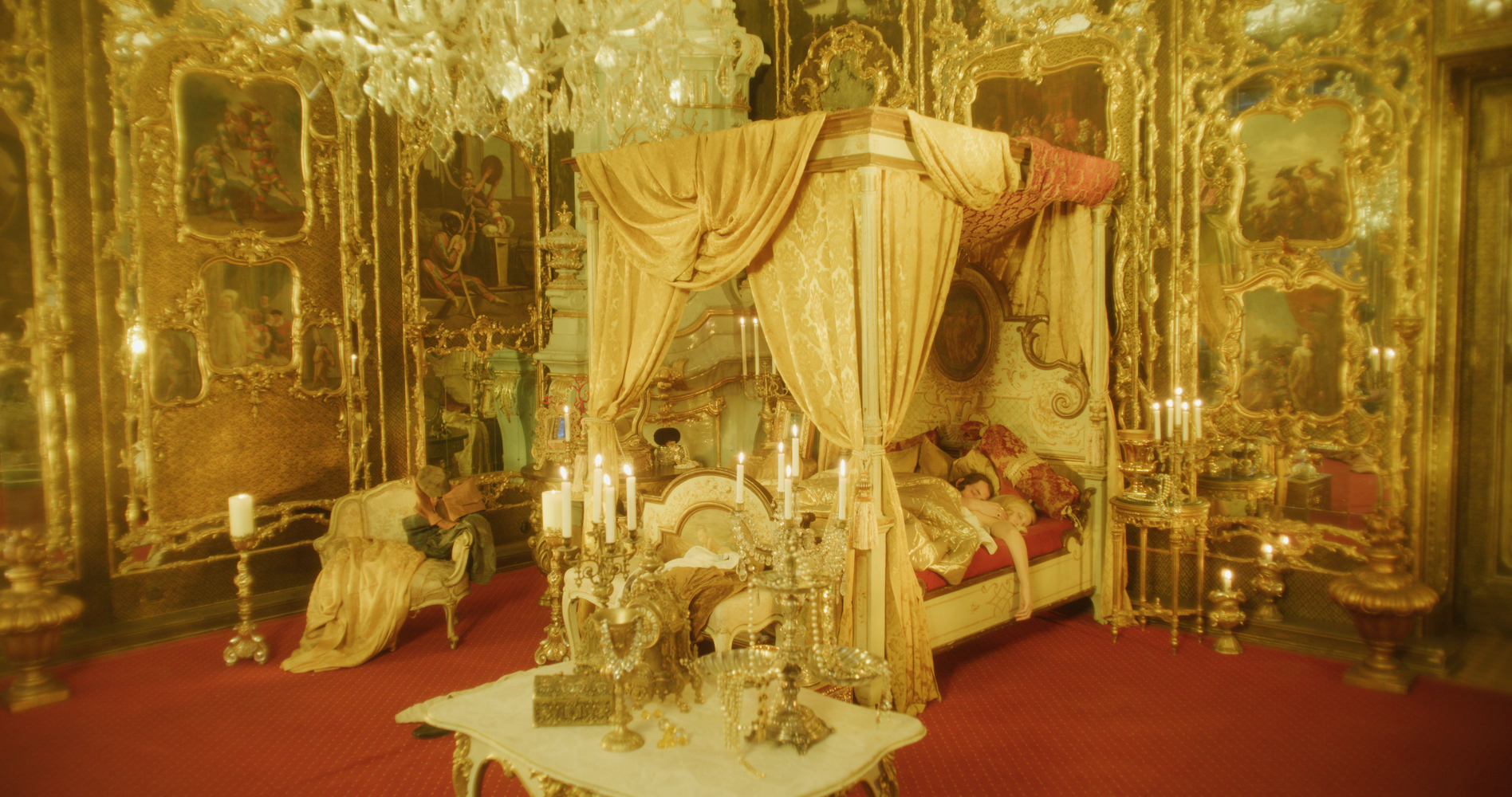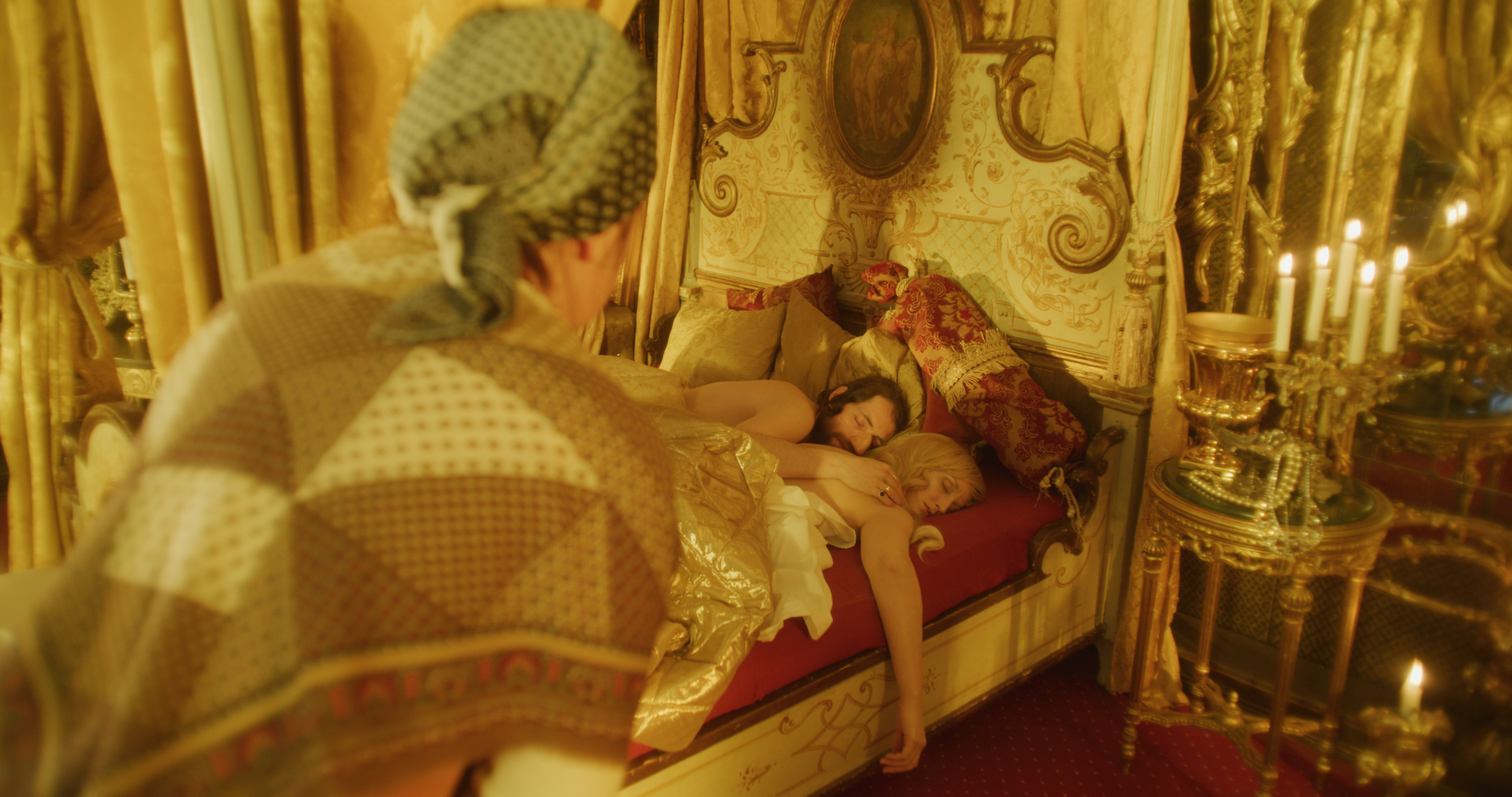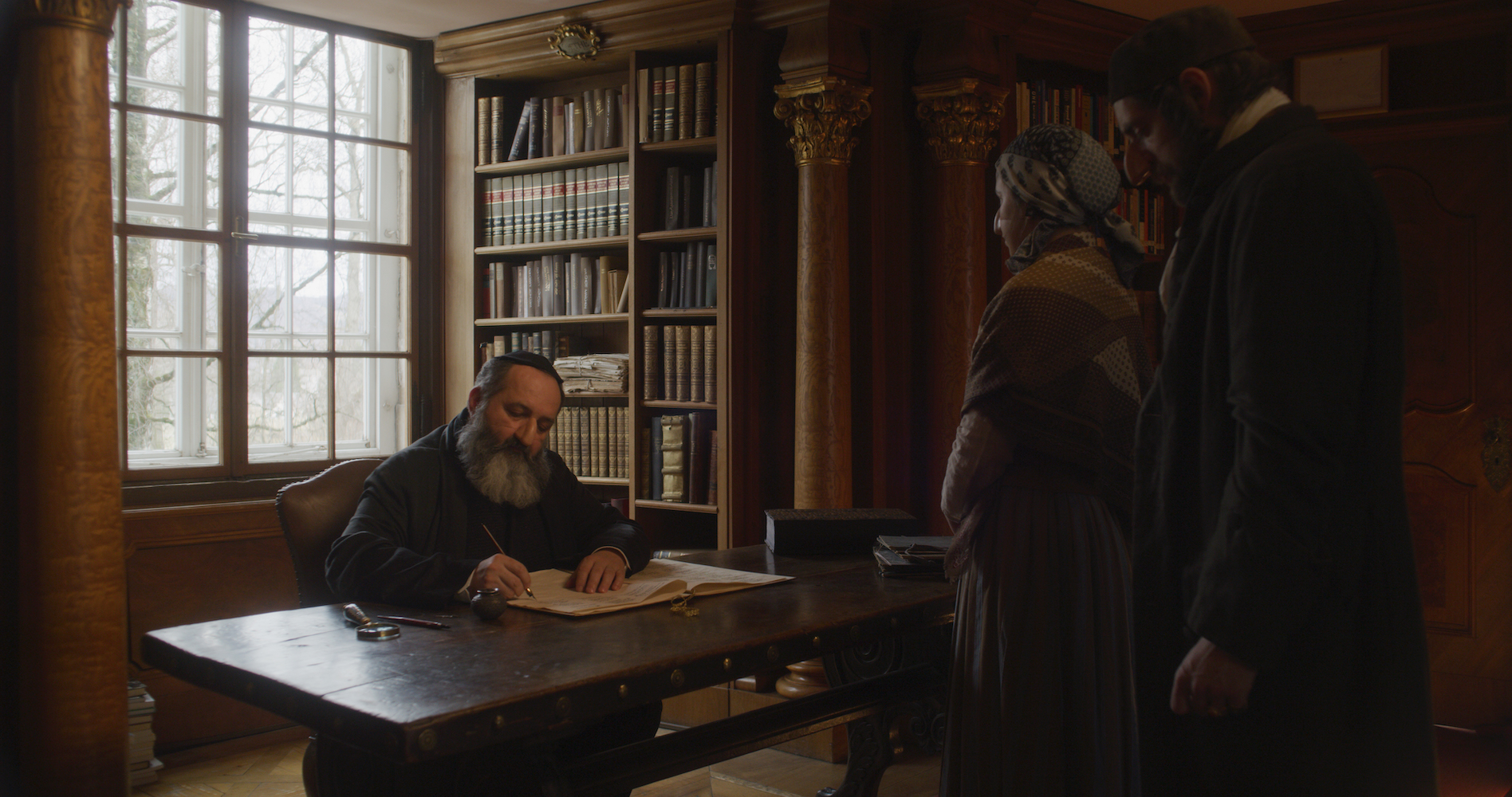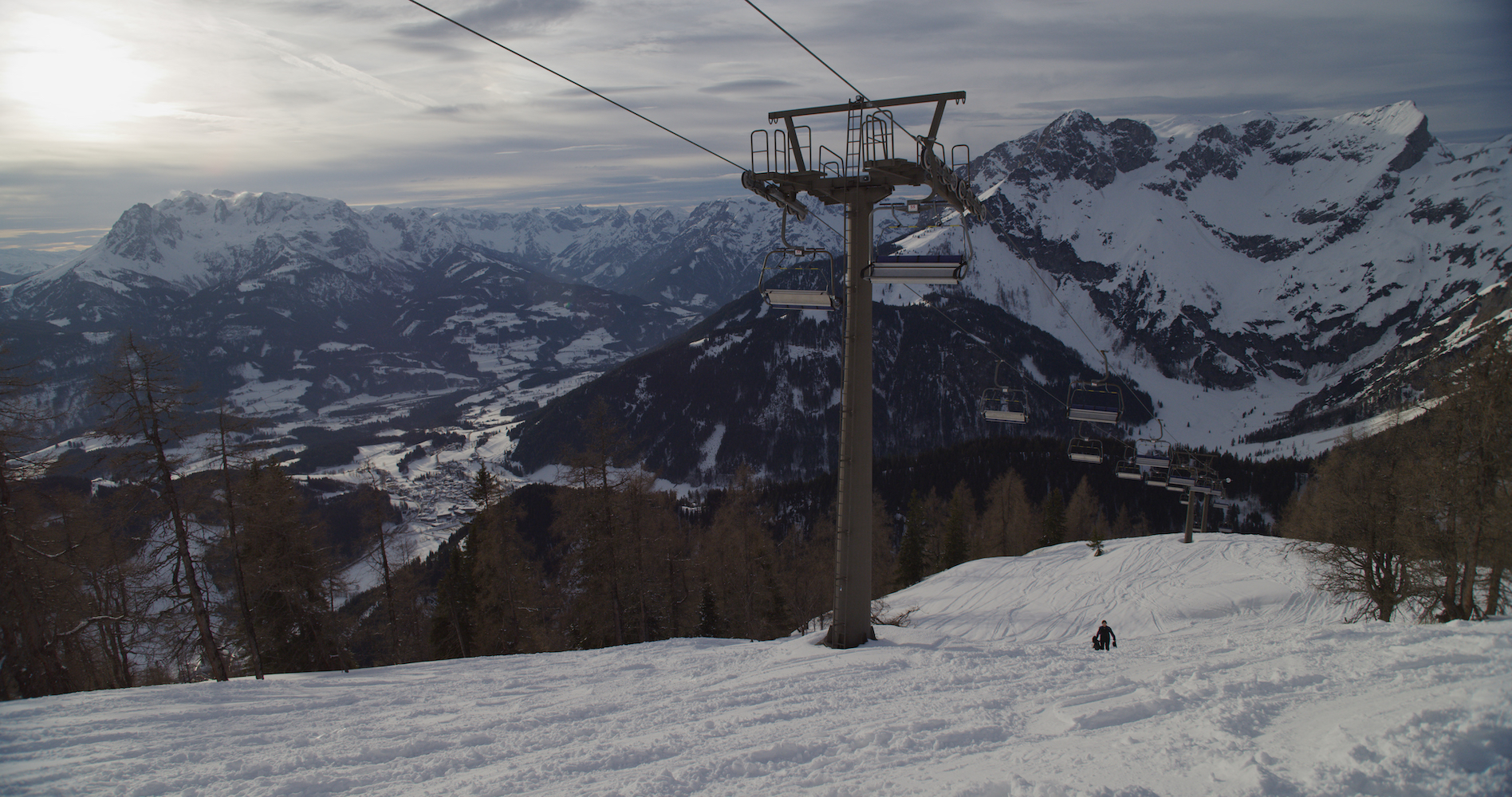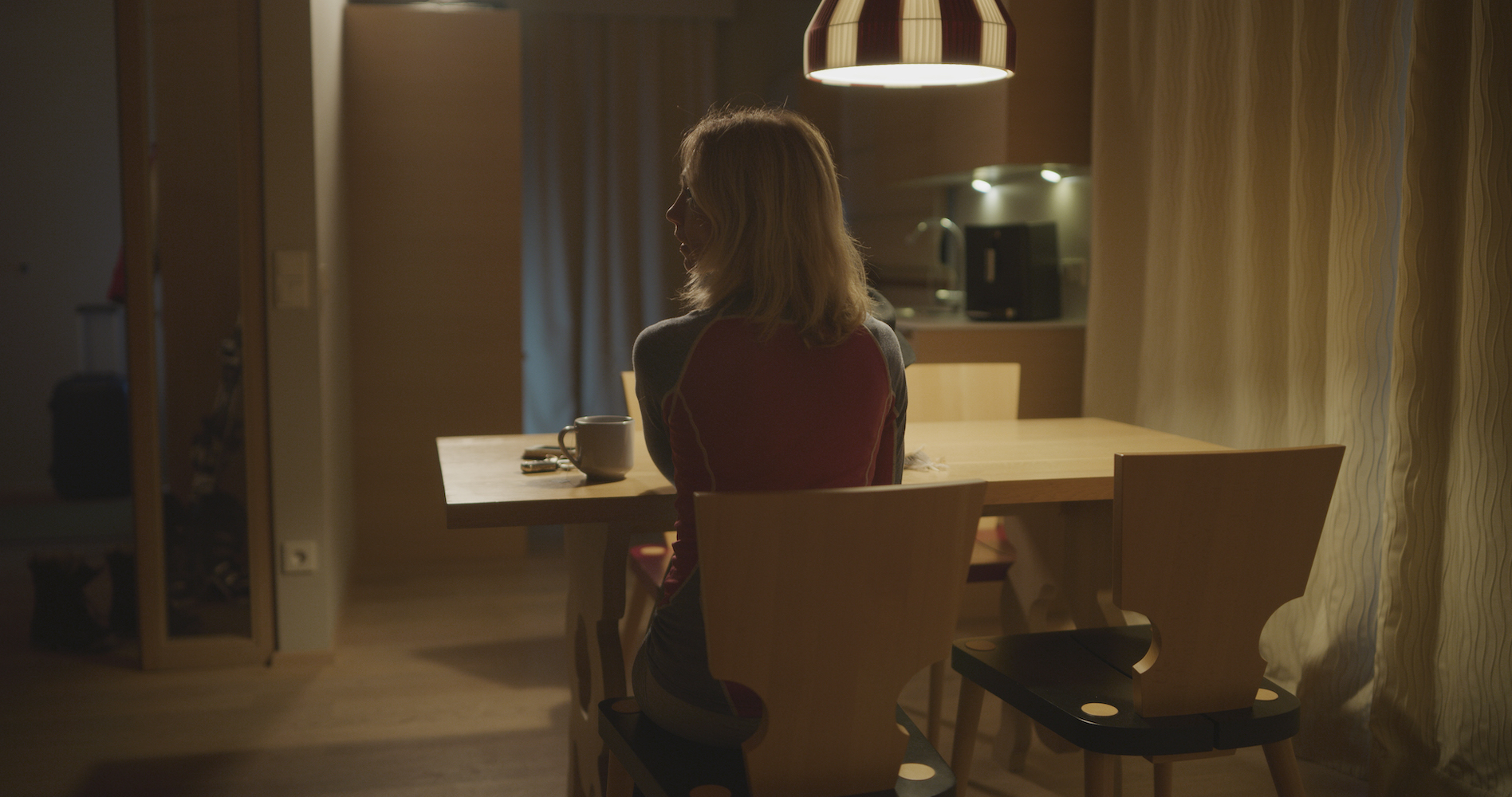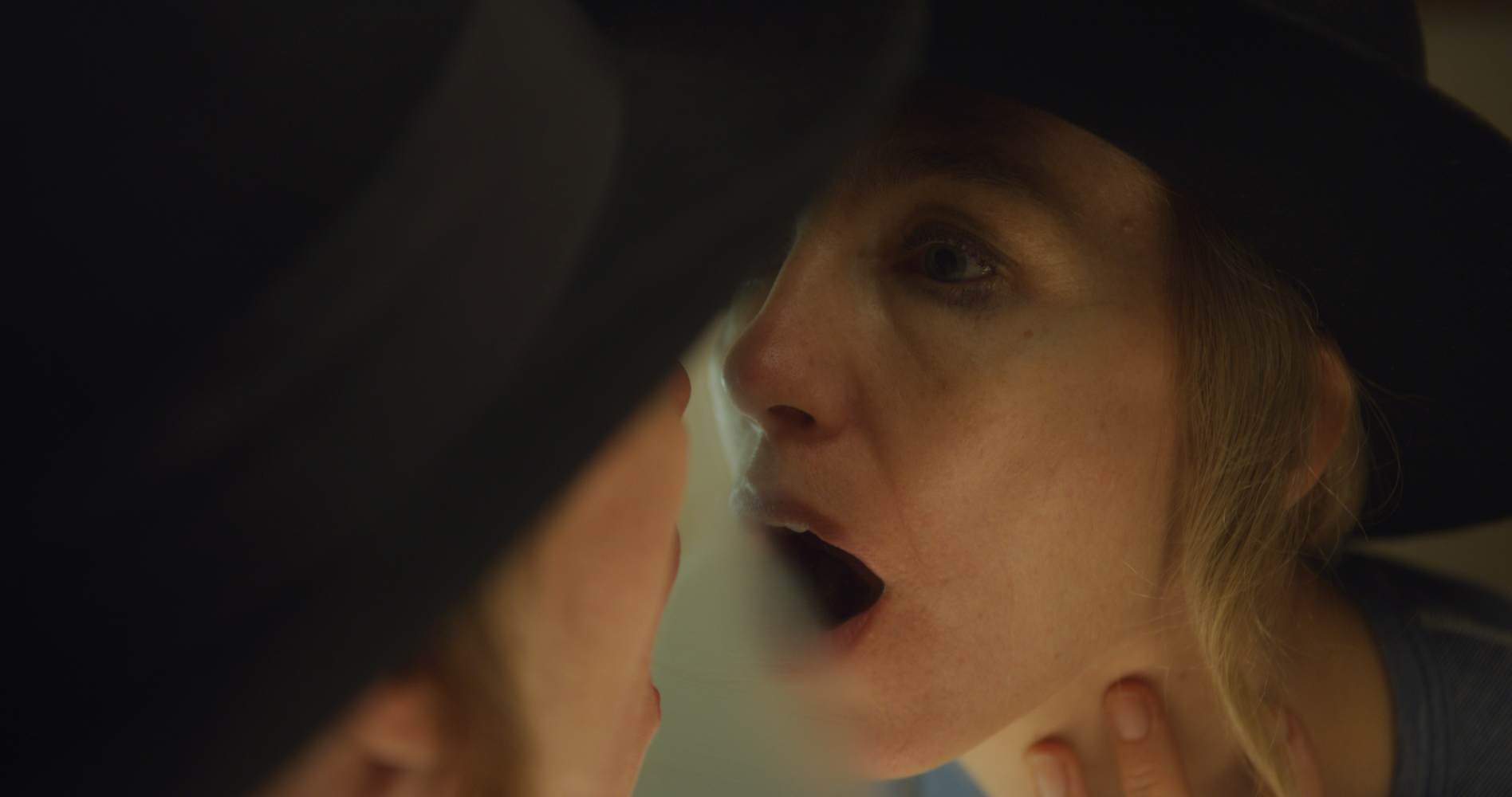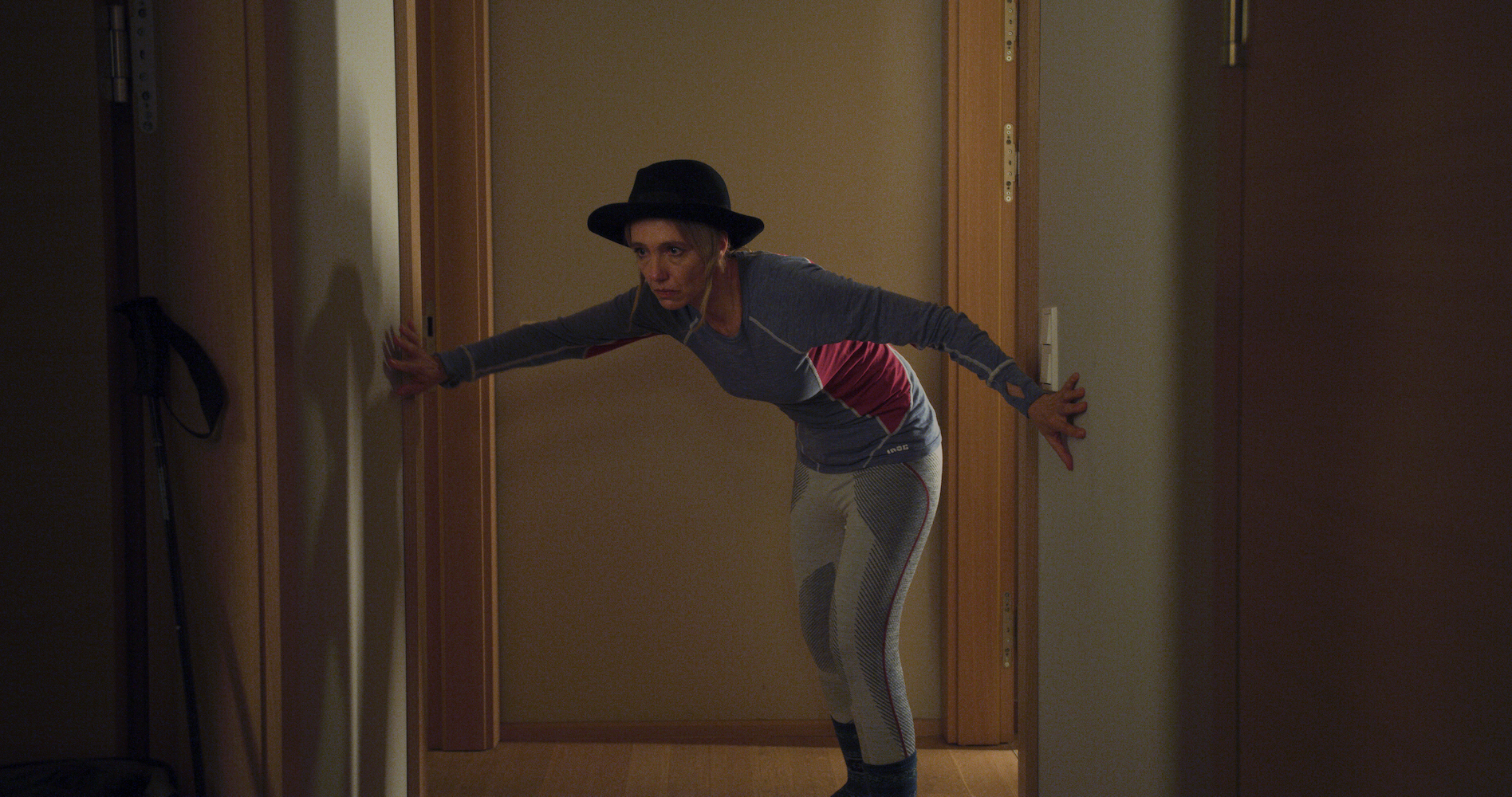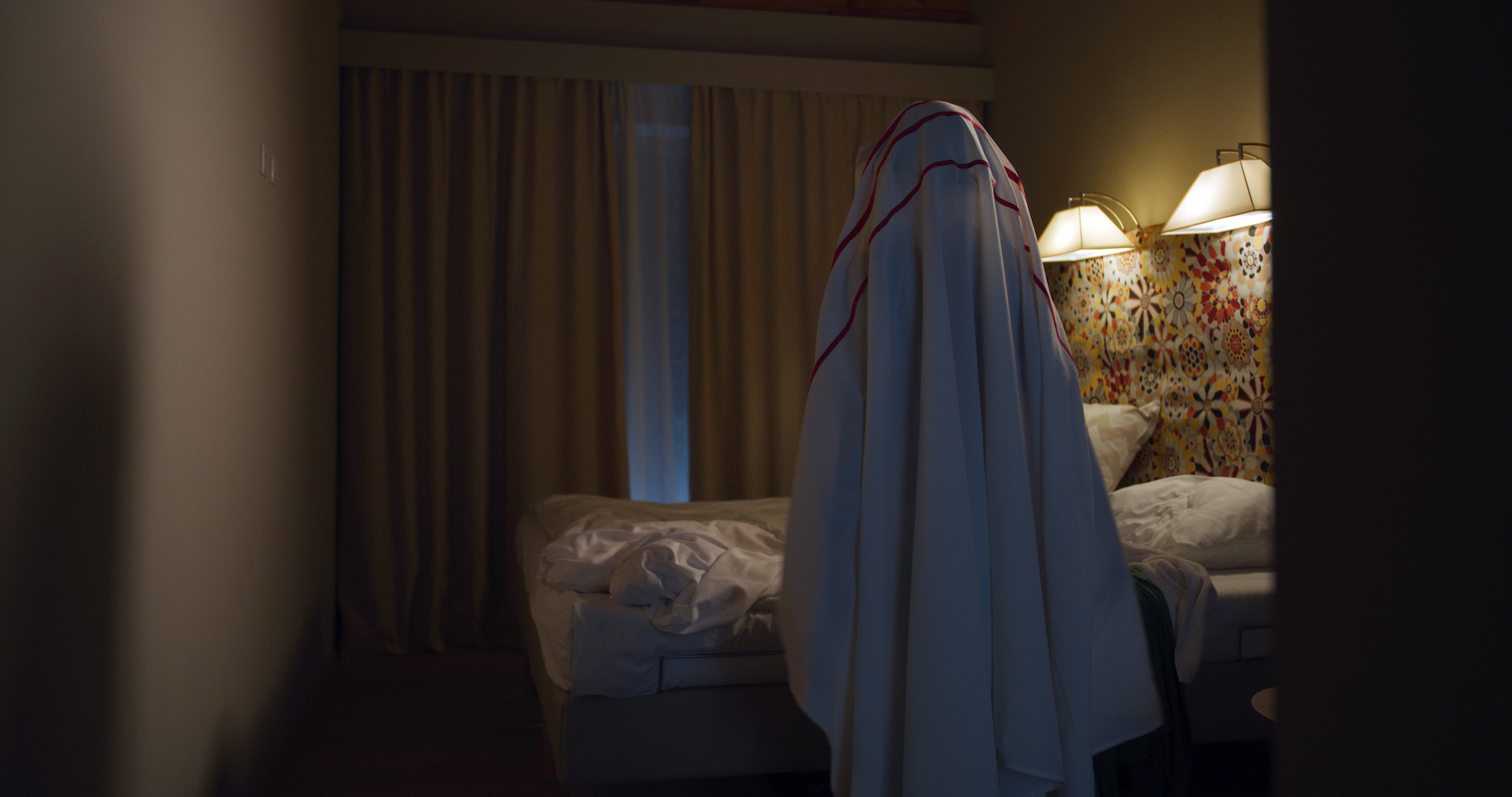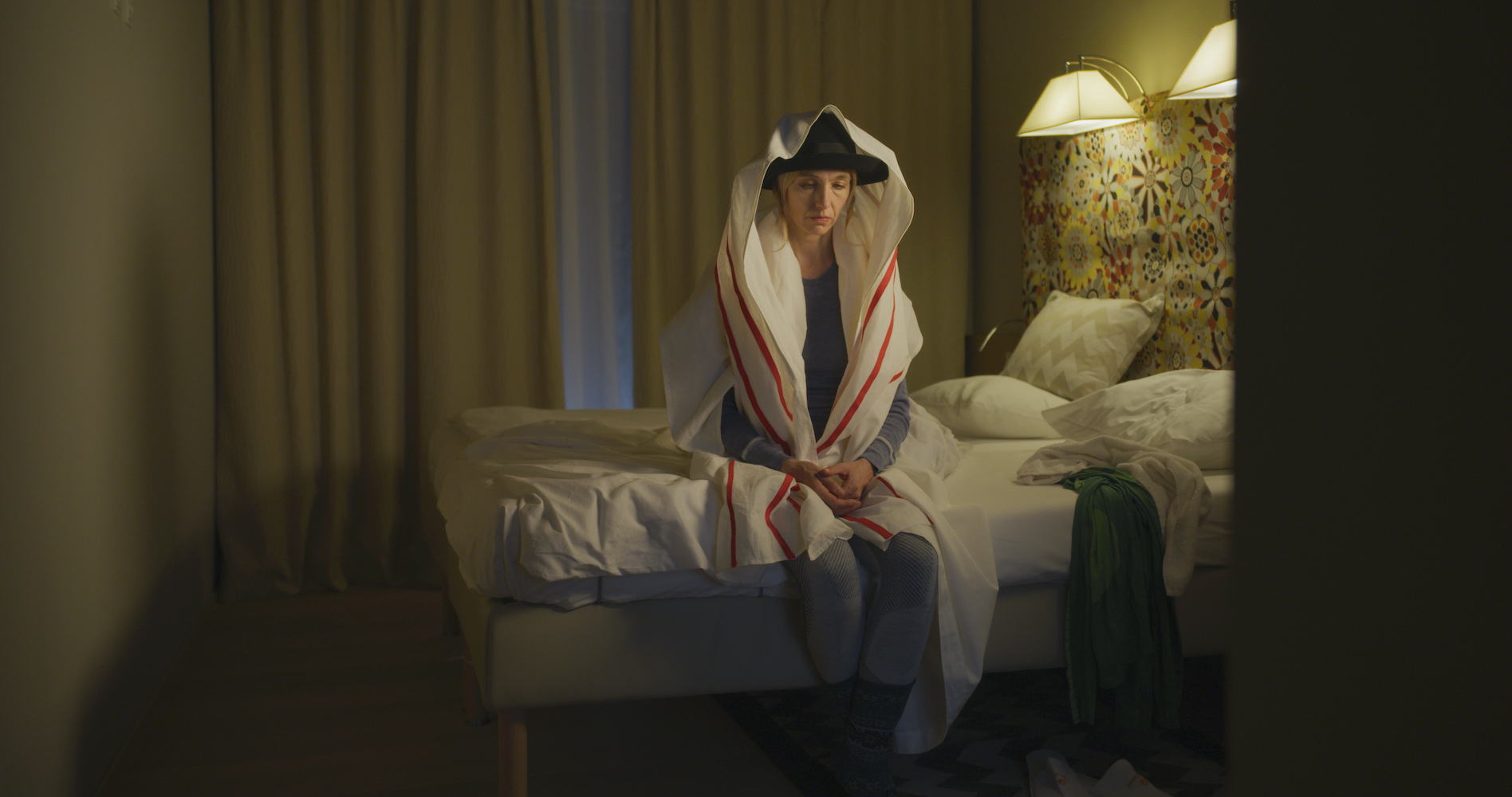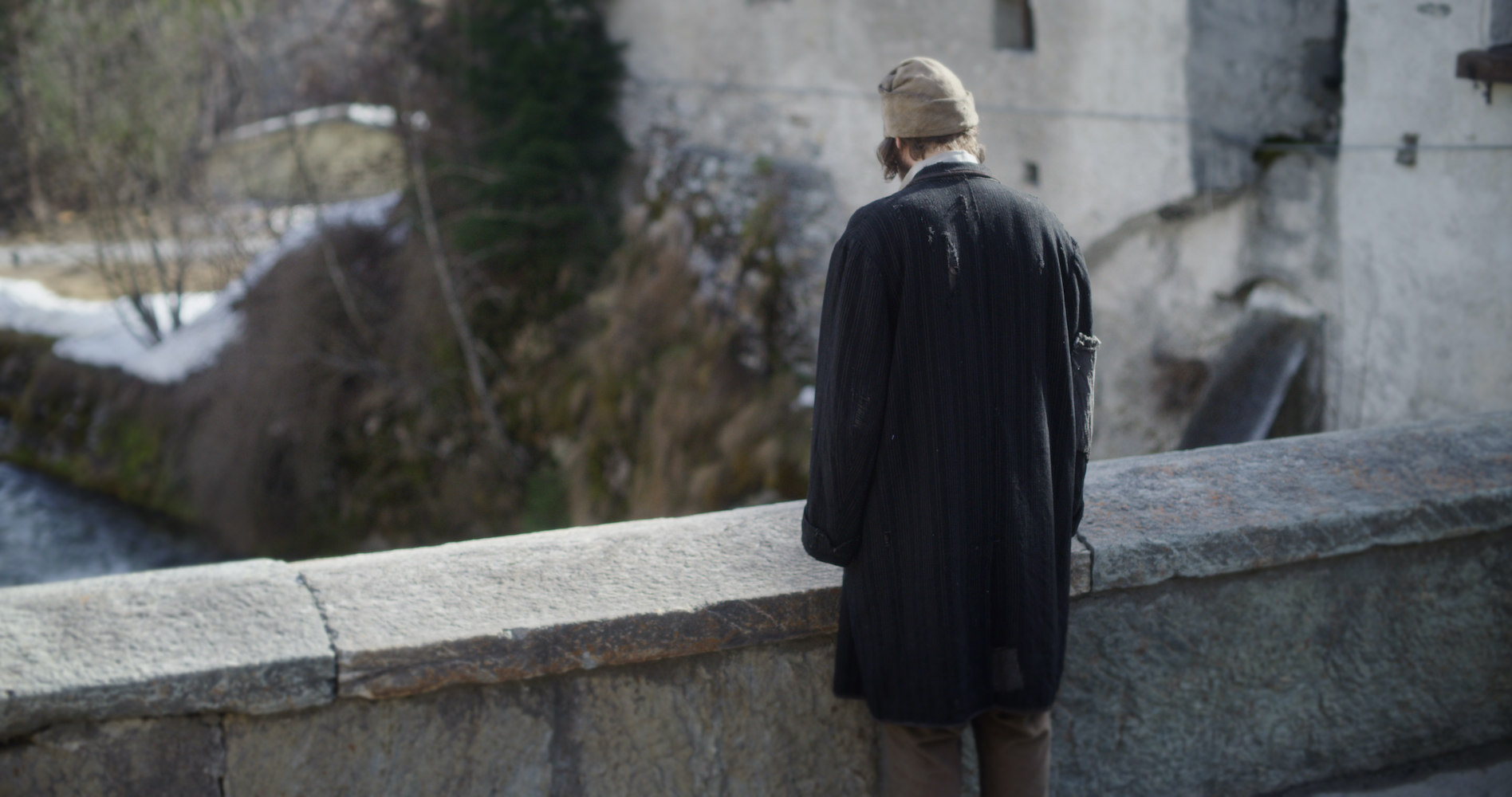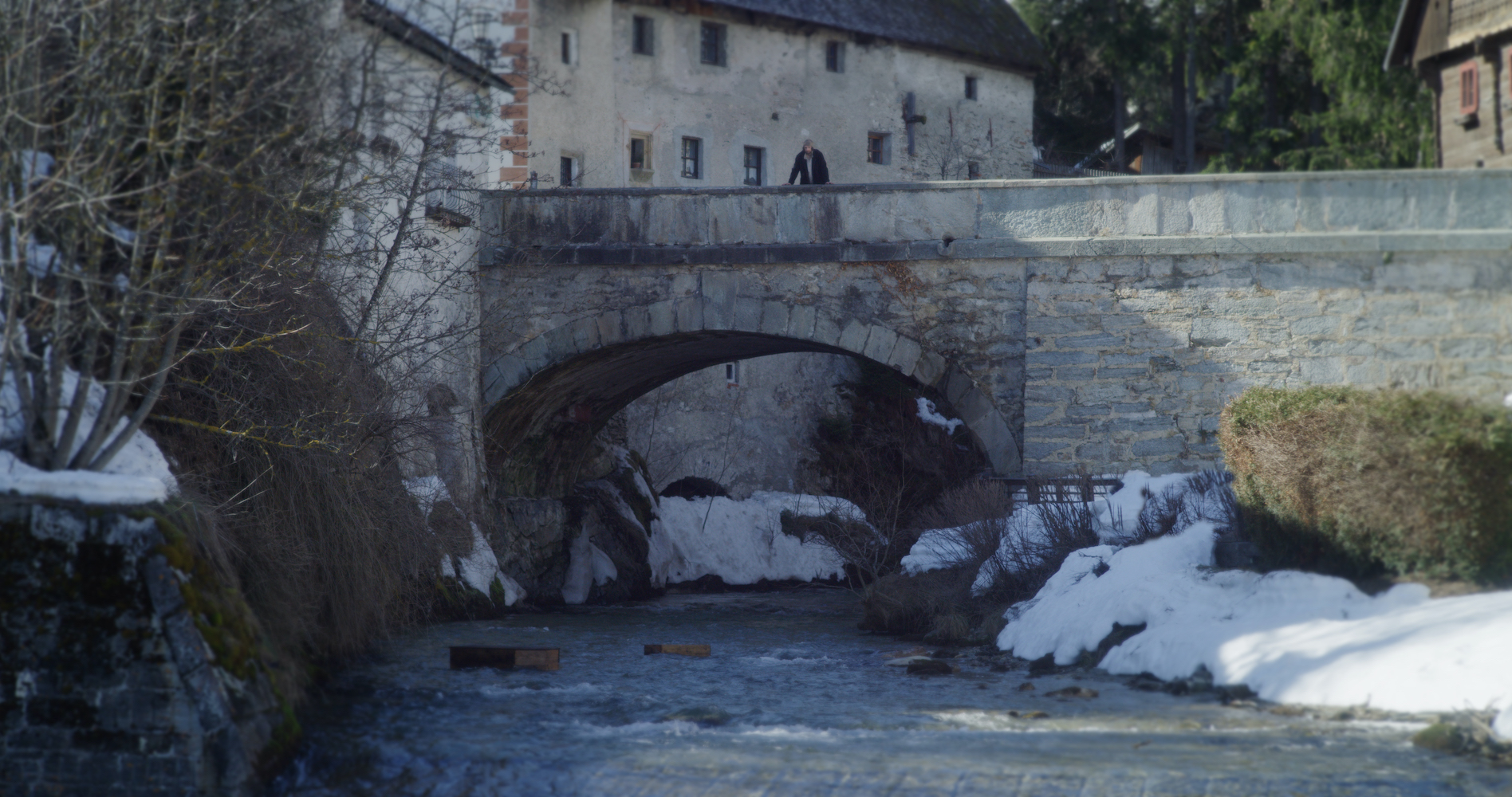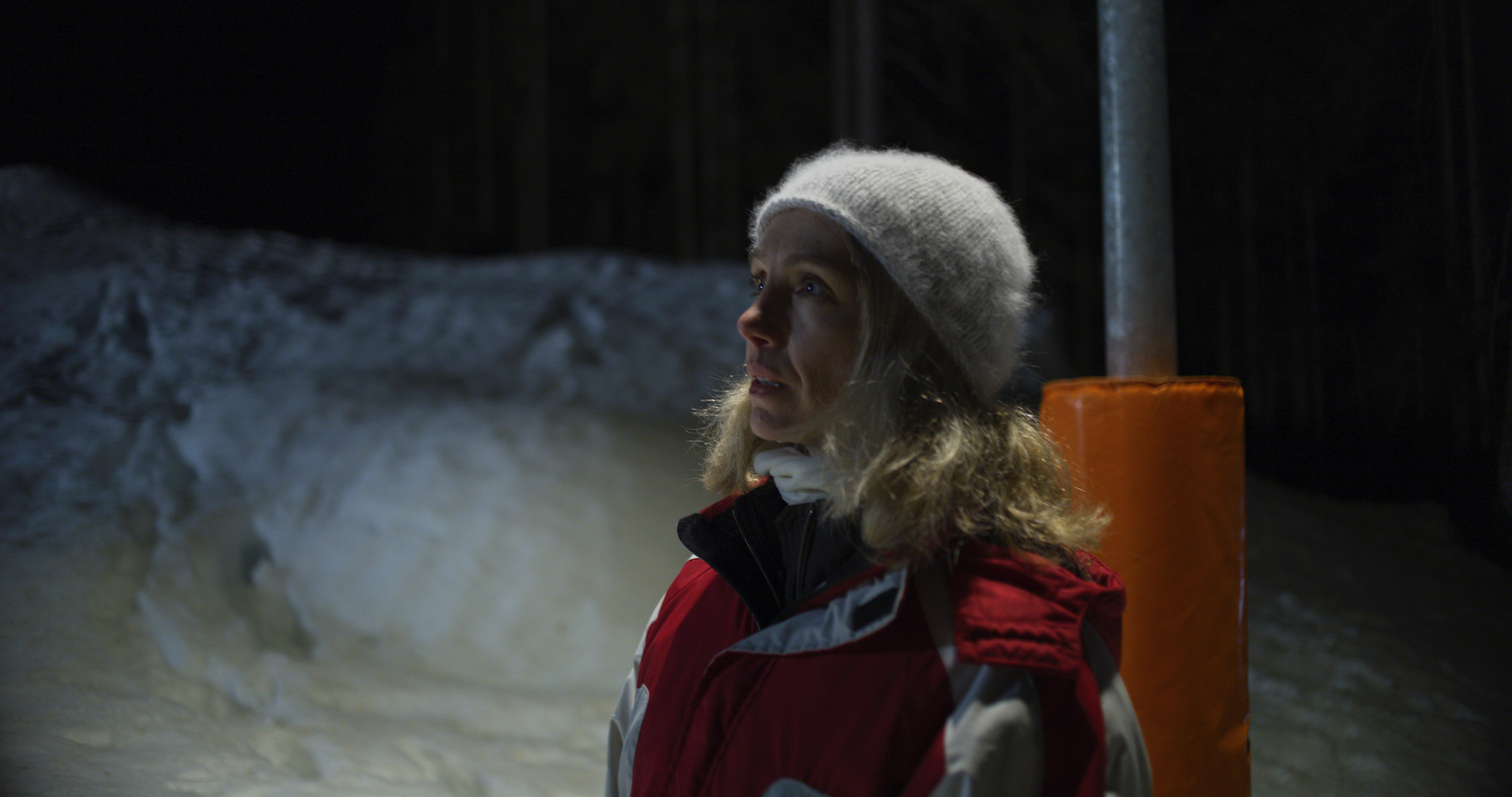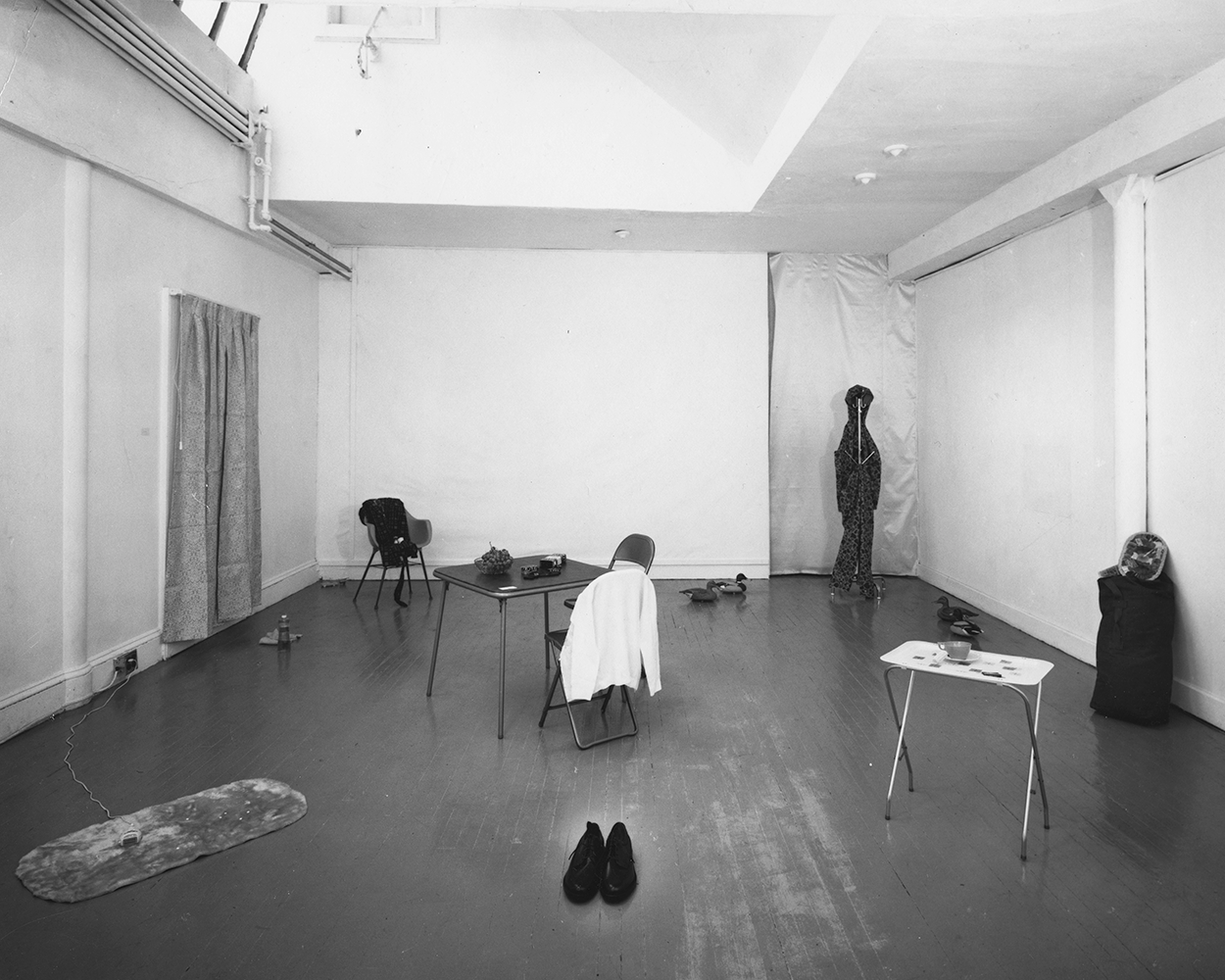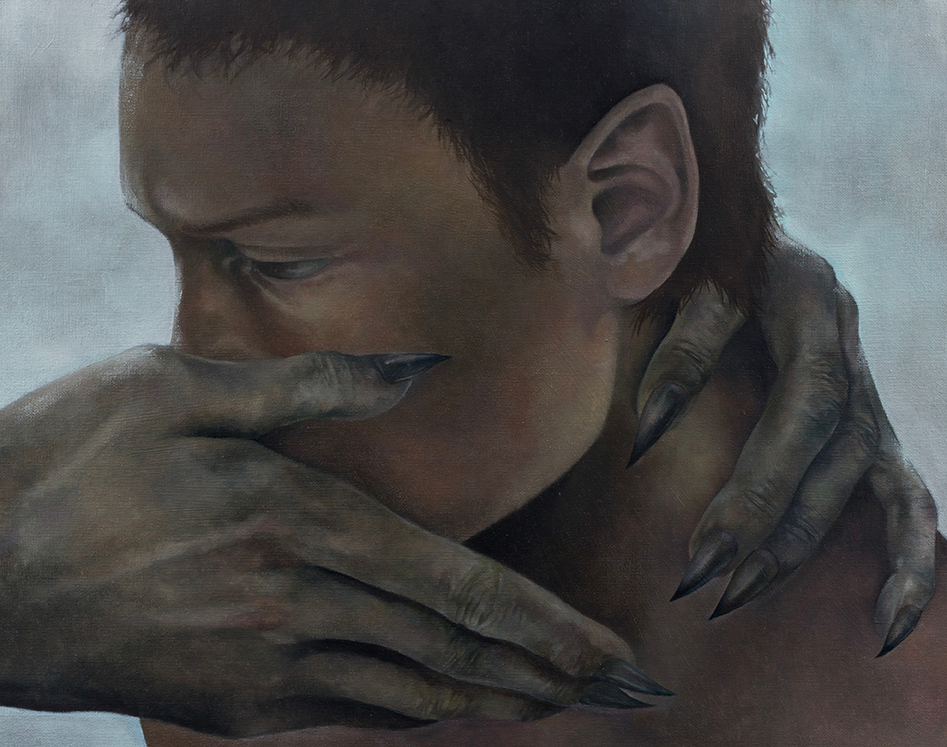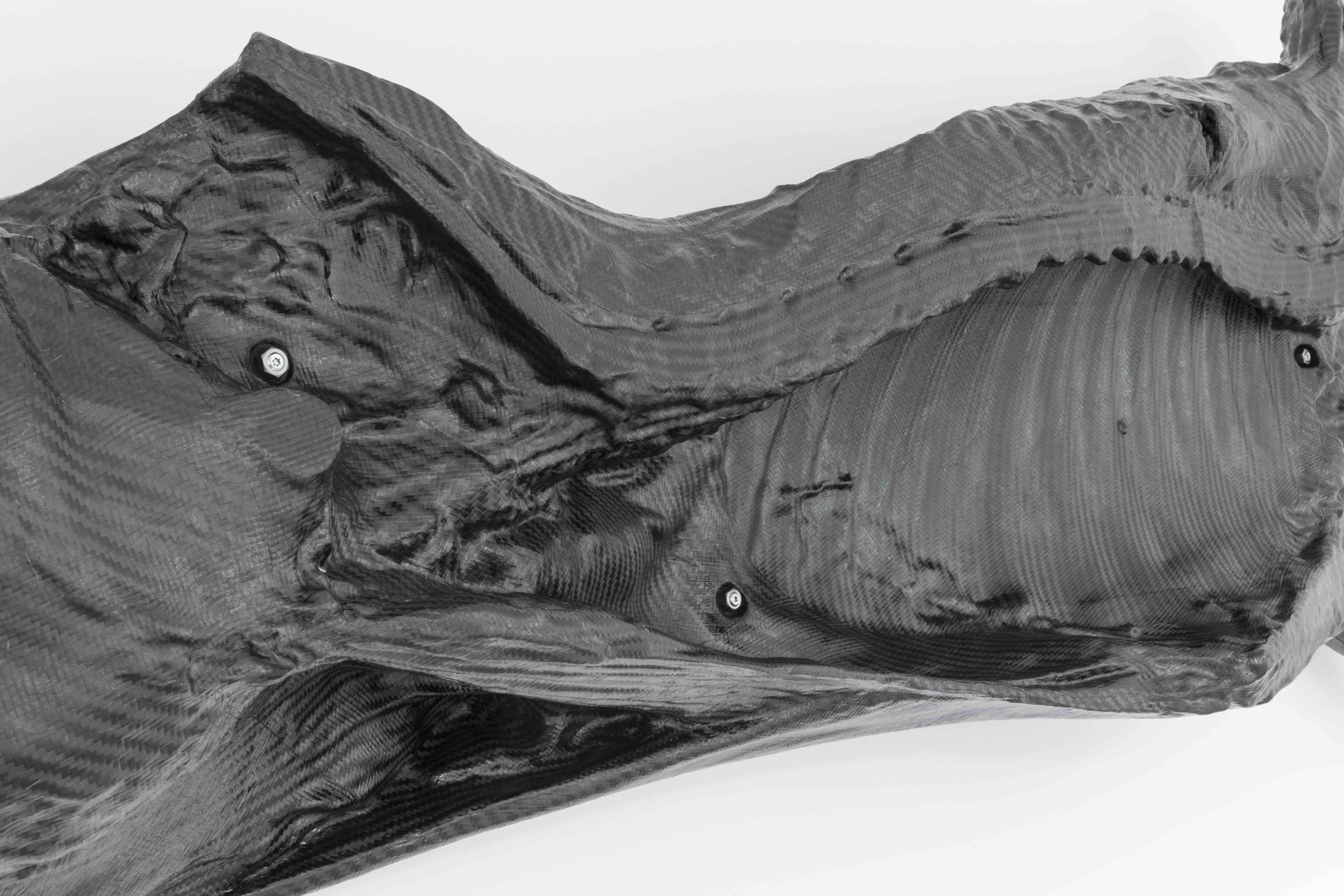On the occasion of a screening of Omer Fast’s 2019 film De Oylem iz a Goylem at the upcoming edition of Lo Schermo dell’Arte in Florence, the artist talks with Vincenzo Estremo about the borders between past and present, fiction and real life, and how narrative affects our point of view.
Vincenzo Estremo: You usually are so selective about the topics of your works. Lo Schermo dell’Arte will screen De Oylem iz a Goylem (2019), which takes place in present-day Austria and narrates the story of a specter of the past tormenting a woman. This Orthodox man speaks to a class of rich Europeans who systematically ignore specters of the past. What does this fairy tale have to do with contemporary politics?
Omer Fast: Ghosts are liminal beings that transgress and cross borders — from the dead to the living, from the past to the present, from the suppressed to the visible. I’ve always been interested in these liminal beings and the power they have to challenge conventions and system of power. In this particular film the Jewish ghost who suddenly appears on an Alpine ski lift is like the beginning of a bad joke. He obviously doesn’t belong there. He’s speaking the wrong language, wearing the wrong clothes, and is literally a black, ethnic dot on an otherwise white, pure landscape. But if we think about it, this landscape is also not natural but literally a blank surface created by forcibly displacing the natural habitat and repeatedly grooming it so that people can ski. And so, if this simple ground fact of inauthenticity is acknowledged, then we’re suddenly in another context in which both nature and culture are man-made and all figures are travelers. And in this context, the Jewish ghost is perfectly at home and is no longer an other.
VE: In your story, the Orthodox man on the ski lift torments a woman by telling a fairy tale. In the flashback generated by the fairy tale, another spirit, a she-demon, torments a goldsmith and his routine. Is this the role of narrative? Tormenting people that have some unfinished business?
OF: I really like your idea that a narrative is there to torment people. Somehow it seems very Catholic and puts narrative and justice into dialogue, and suddenly the question of authorship gains a very moral dimension. If a narrative is like punishment, then do we all get the narrative we deserve? In what sense are we authors of our narratives (and our punishments)? Or do we just submit to them like all bad criminals (and good Catholics) must? In this particular film, the goldsmith in the fairy tale is greedy and seeks to find what he lacks in the company of a voluptuous (stereotypically non-Jewish) ghost who fulfills all his wishes in the toilet but punishes him after he betrays her. Similarly, the lone woman skier who reluctantly listens to this story is also punished by her ghostly companion. Not only does she have to listen to his offensive fairy tale but, because it’s unfinished, she is also compelled to repeat and try to resolve it later on in her home. The theme of repetition and the lack of resolution in the context of storytelling (and punishment) is all over this film, as it is in my work.
VE: In one scene in De Oylem iz a Goylem, a woman, probably an underpaid migrant worker, climbs a snowy slope and collects the items that have fallen down from the sky lift. She finds the Borsalino hat of the Orthodox man and, without any emotion, throws it into a room full of a thousand other similar hats, evoking an endless repetition. What do we do when confronted with historical-recursive traumas such as racism, anti-Semitism, and xenophobia?
OF: I absolutely love that you call this hat a Borsalino. I’m not an expert on headgear and don’t know what/if the Italian manufacturer has to do with what Orthodox Jews put on their heads. But for me these cross-readings and (mis)appropriations are exactly what living culture is all about. The trauma that haunts this story is an identitarian politics that tries to sterilize culture by policing it and keeping it pure, especially from the polluting presence of outsiders. In the film, the constant cleaning and grooming of the slopes produces a surplus, literally the mountain of hats that grows underground. The implication in that otherwise muted scene is that these black hats will keep appearing on the white slopes, no matter how much work is done to keep them away.
VE: What do all these stereotypes represent in your film?
OF: A stereotype is the surplus that’s produced by the forces that try to keep a culture pure. Whether it’s the wandering Jew in a Borsalino hat or an ethnically charged storefront in Chinatown, I try to make work that addresses these forces by looking at the surpluses and stereotypes they produce.
VE: Your idea of artistic reenactment is quite seductive. You often reenact artworks of the past, transforming them in cinematic scenes. I would cite as the main example of this practice the final scene of Continuity (2012) and the faithful reconstruction of Jeff Wall’s Dead Troops Talk (A Vision After an Ambush of a Red Army Patrol Near Moqor, Afghanistan, Winter 1986) (1992). In De Oylem iz a Goylem, the legend’s seductress exposes a prosthetic breast recalling Cindy Sherman’s depiction of herself as a Gothic painting of the Virgin Mary in Untitled #216 (1989), and the very famous and archetypal iconography of the scene realized by Jean Fouquet at the end of the fifteenth century. This retrospective gaze acts as a sort of conjectural and functional interpretation of the art of the past. Do you want us to look at history and apply it to the present?
OF: The line separating the past and the present is as natural as a ski slope. History constantly erupts in the present, and the two exert an unrelenting pressure to reshape one another.
VE: At the Salzburger Kunstverein’s screening of De Oylem iz a Goylem, you transformed the exhibition space to appear like the hall of a hospital. As early as 2016, on the occasion of the exhibition “Talking Is Not Always the Solution” at Martin-Gropius-Bau in Berlin, you had worked together with the scenographer Heike Schuppelius to create a screening environment made up of several anonymous waiting rooms. In a previous text, I tried to describe that approach as “normalizing,” in the sense that is something that is opposed to the spectacle of technological immersion. With the iteration of this approach, are you looking to convert these nonplaces into something able to add a further layer of montage?
OF: Yes. But, if these spaces are opposed to technological immersion, what they can only offer as a weak alternative is theatrical immersion. I’ve done a lot of installations in white cubes and black boxes. I love these spaces because they allow people to really focus on what’s being shown, while fostering the false illusion that the space is otherwise neutral or empty. But after a while, it gets repetitive and unchallenging, especially when the work tries to draw attention to social issues. So in more recent shows, I’ve tried to contaminate the environment where the work is displayed by introducing borrowed details and symbols that point elsewhere, sometimes back in time and sometimes to other spaces, to other economies, to the forces that create (and erase) culture, to address the conditions of viewing. We already mentioned stereotypes, and that’s why the spaces I create can often feel like they’re both false and familiar.
VE: As in other works, this time you broke up the boundaries separating the real world and fairytales. I think your films play a sort of caustic role using the unreality of tales in response to an artificial society built, in turn, on standard storytelling. Thus, I wonder: What’s your idea about the role of storytelling in the contemporary world?
OF: Storytelling is patently unreal because it takes place in a symbolic, heterotopic space that is always elsewhere. Even if the story is totally true, it cannot unfold in the same space or time as the events it describes. I guess the role of storytelling hasn’t changed much since Alice in Wonderland and maybe also since Odysseus. It’s still about returning to a home that has changed. And even if that changed home was never really how we remember or imagine it, storytelling helps us recognize the changes.

